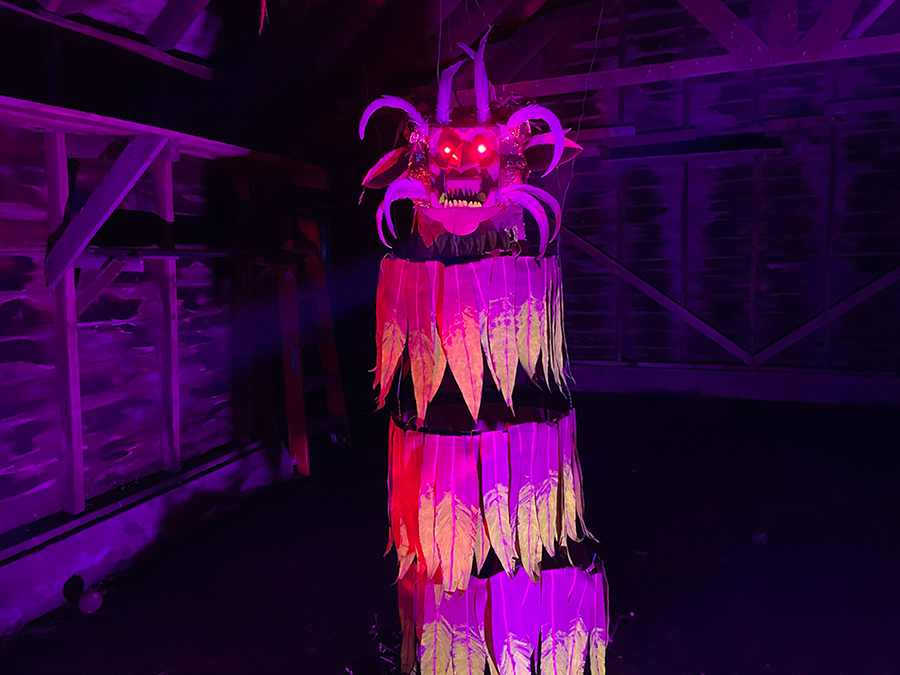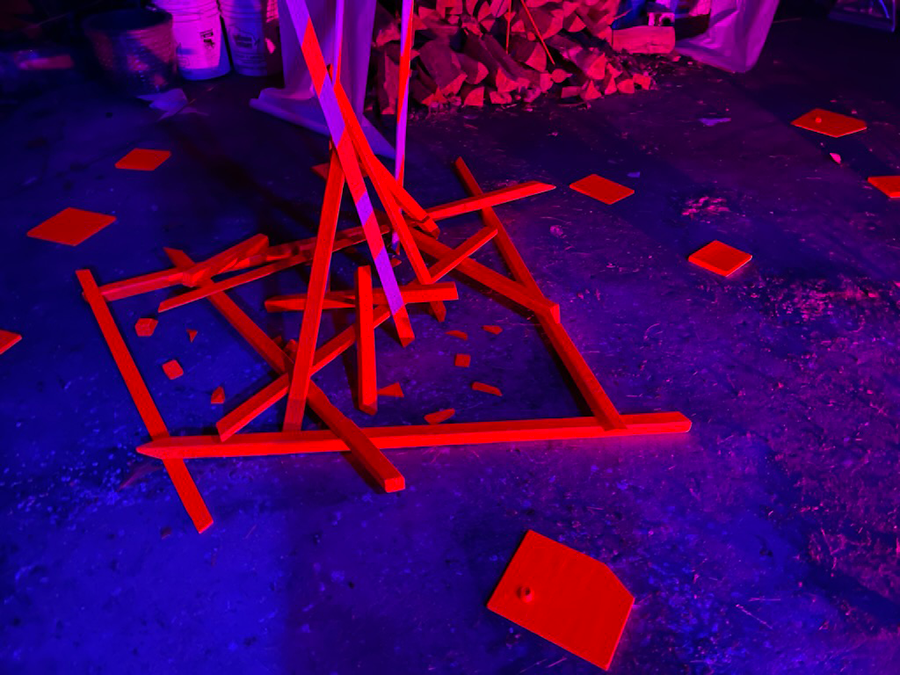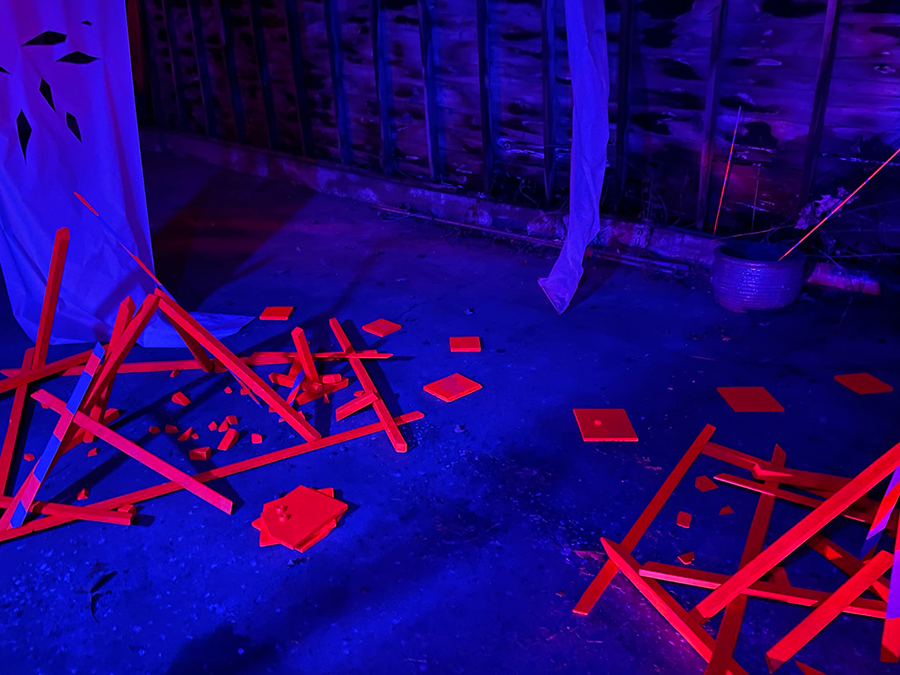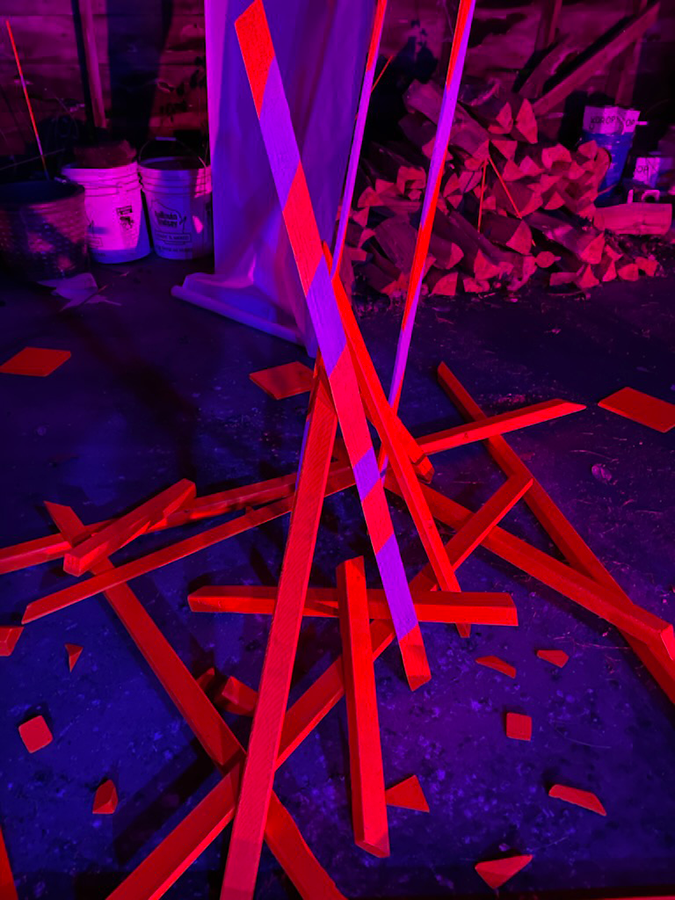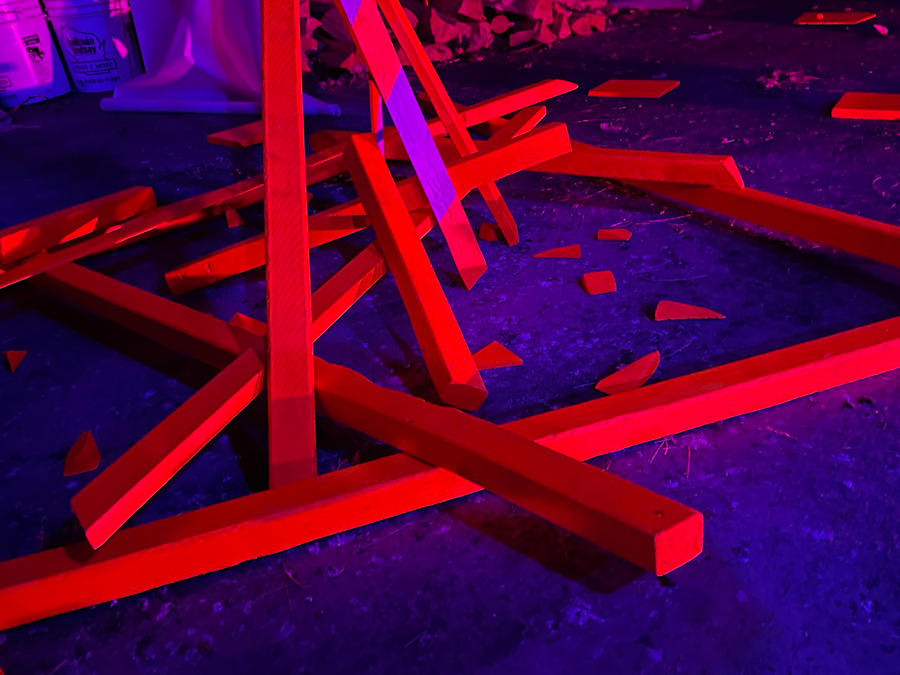





Advice from Buchanan
Q: Early spring, I couldn't wait to clean and mulch and fuss over my gardens, but come mid summer I had no patience for garden management — between the heat and the emerging mosquitos and my general desire to just be out in the city during the season. I felt content to let the plants battle it out, even if perennials that I had once purchased and babied were going to be on the losing end. Am I just tiring out and losing my resolve at that point, or is it alright to sit back and bear witness? — EC Brown
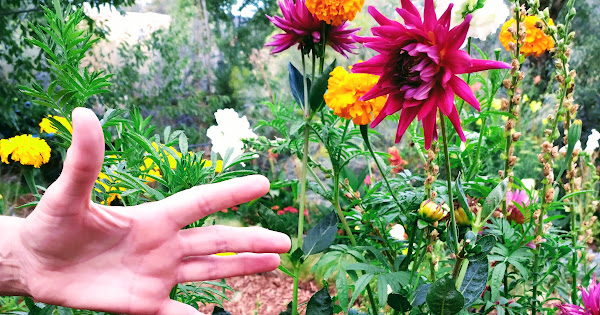
Hello Erik,
Thank you for reaching out and thank you for your
question. From where I am writing, you might be asking
an Age Old question. 'Should I Stay or Should I go'. Or
simply you are feeling 'all lost in the supermarket'. Don't
worry, take it easy, and relax into having a garden at hand.
Many authorities and opinions abound on this question, 'what to do next...if anything?' 'Am I forsaking the mission?' Here is what I think. Let 'em be. You gave them direction, fed them and put them where they stand the greatest chance of survival. It is not an end all and be all but a part of life. A culture. Do it your way. It's yours. One of the joys is seeing what will happen next. Nobody knows. But everybody says that they do. One way or another, they will say it. 'Whatcha gotta do is...If it was me I woulda put them over there. ' Well, keep it to yourself, Mac. Who is the one doing the work?' Me, Erik.
Anyway, nobody knows but with enough time and easy attention, you might. Only for this year. Who knows what is coming down the pike next year. Floods, droughts, missiles, mid-life crisis, addition to the house, a new sports stadium, a truck crash, garbage site moved to accommodate the new Jacuzzi, beats me! Let it flow. One of the great things about plants is that they are not pretentious. I have never...ever heard a plant complain about the traffic. What do you expect? There are 8 million people in this city! Plants might let you know they are tired or thirsty but they are simply giving the 'heads up'. It is what it is. The rest is up to you.
So, don't let it get to you. How many Americans do we know that DREAD the weekend because they 'gotta mow the yard', which they call a garden. If anything, do a little. Go out there and get your mind somewhere else. Do a little 'gardening at night' and see what happens. Which is what it might be about. Growth and play which always brings rewards. There might be a profound lesson in there somewhere.
One last thing, you don't really need to talk to the plants but I do suggest listening to them. Let them Champion themselves. Go Soft. Go Slow.
Happy Days!
Buchanan
This Month's Garden listen:
Eliane Radigue: Trilogie De La Mort
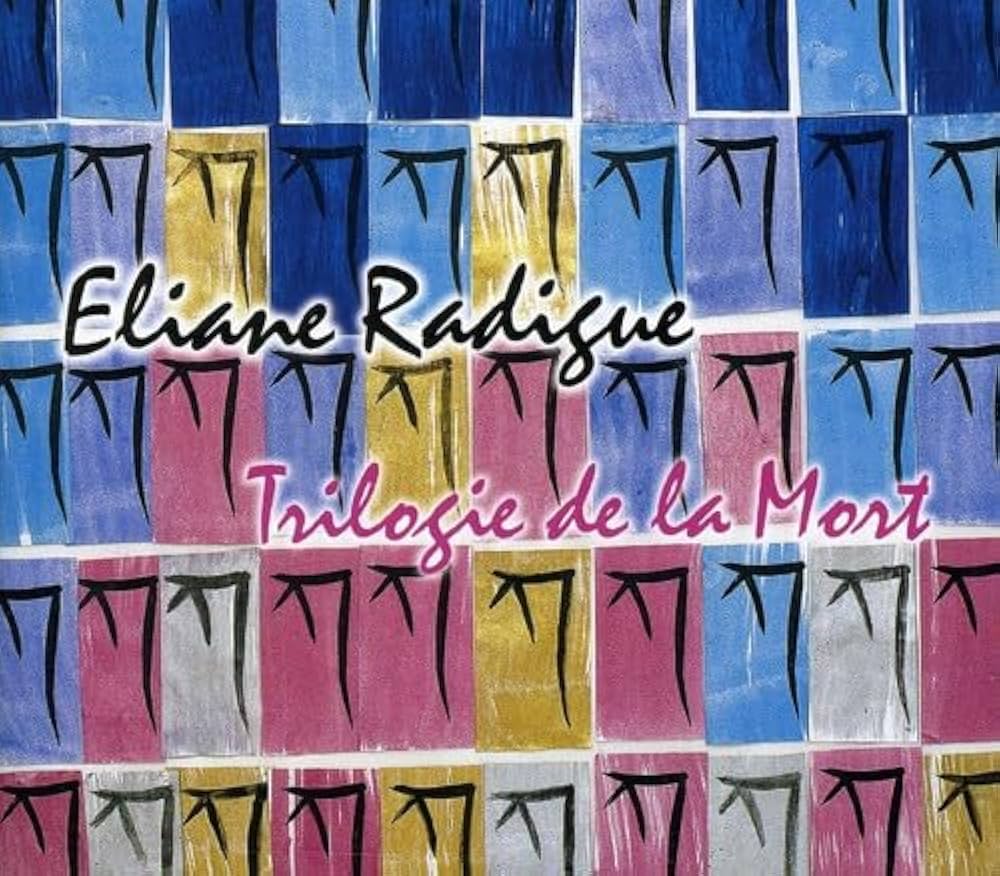
Lucia Fabio
From There to Here and Back
I stayed in my parents' hometown of Longi (ME), Sicily from mid-July to the end of August this past summer. Nestled in the mountains of the Nebrodi forest preserve on the north side of the island, my family has resided in this place for generations. I am deeply connected to that land and this past trip deepened that bond.
We are farmers; there is a relationship to the land and the gardens I visited are a testament to this. These plots of land where the "garden" and the "natural landscape" meet are borderless. Sicily has been an agricultural paradise, and as such, many different groups colonized and conquered the island over the centuries. The island grew wheat to feed the Roman empire and its groves of olives, citrus and pistachios produced bounties to be shipped throughout the Mediterranean. But now everything is altered due to climate change. Drought and record heat are impacting the island and its inhabitants.
There is a connection between the land where I live, Los Angeles, and the place where I'm from, Longi. Los Angeles imports its water, and because of that there is a false sense abundancy. Sicily limits the municipal water usage of its residents. When you see a garden growing vegetables in the Sicilian countryside it's because the stewards have an alternative water source: either a well or a cistern. For eons Sicilians have worked the land, and they continue to do so in spite of the difficulties.
I came back to a jungle upon my arrival. I set up sprinklers and had neighbors water the garden while I was gone as I was afraid the summer heat would obliterate everything. Instead, spotted spurge took over the ground cover, Amaranth sprouted all over, and the blackberries stretched out as far as they could reach. I was surprised how similar the yard felt to the landscape I just left. A borderless garden is what I desire—but without using a tremendous amount of water.
Photos are all of family members gardens or plots of land in and around Longi (ME), Sicily, unless otherwise noted.
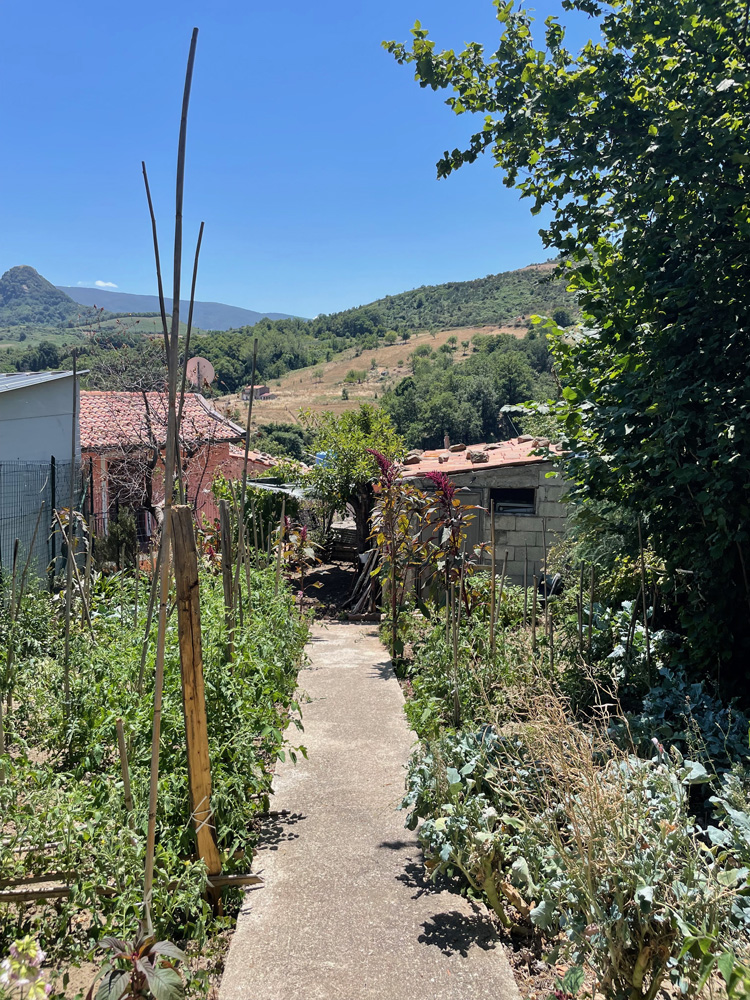

Various Gardens of family members in Sicily
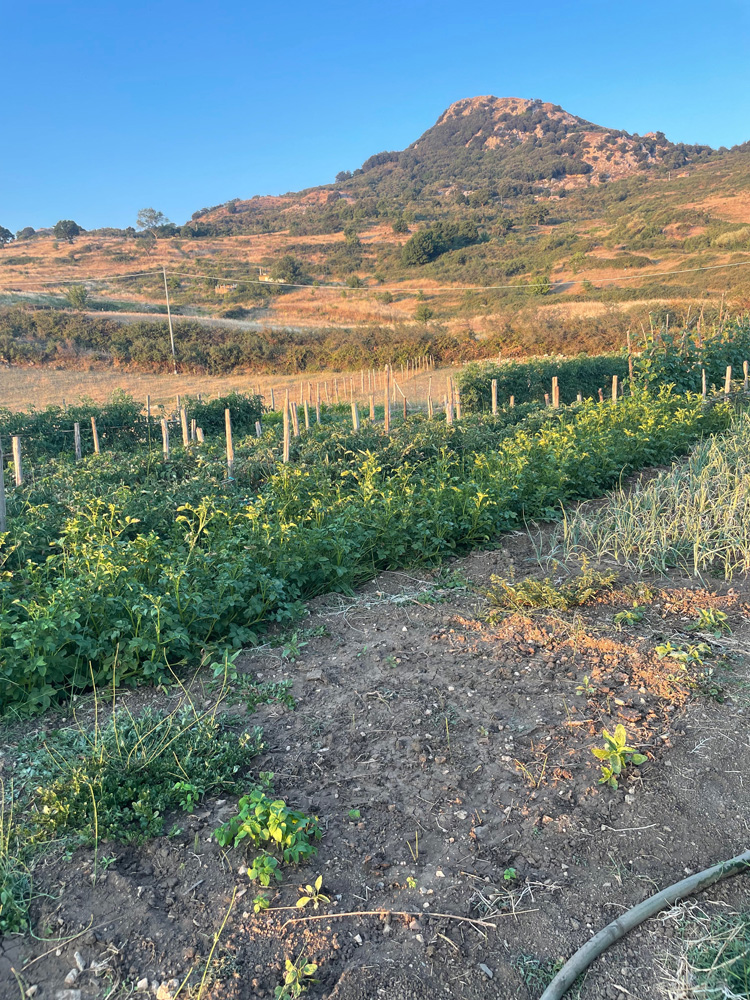




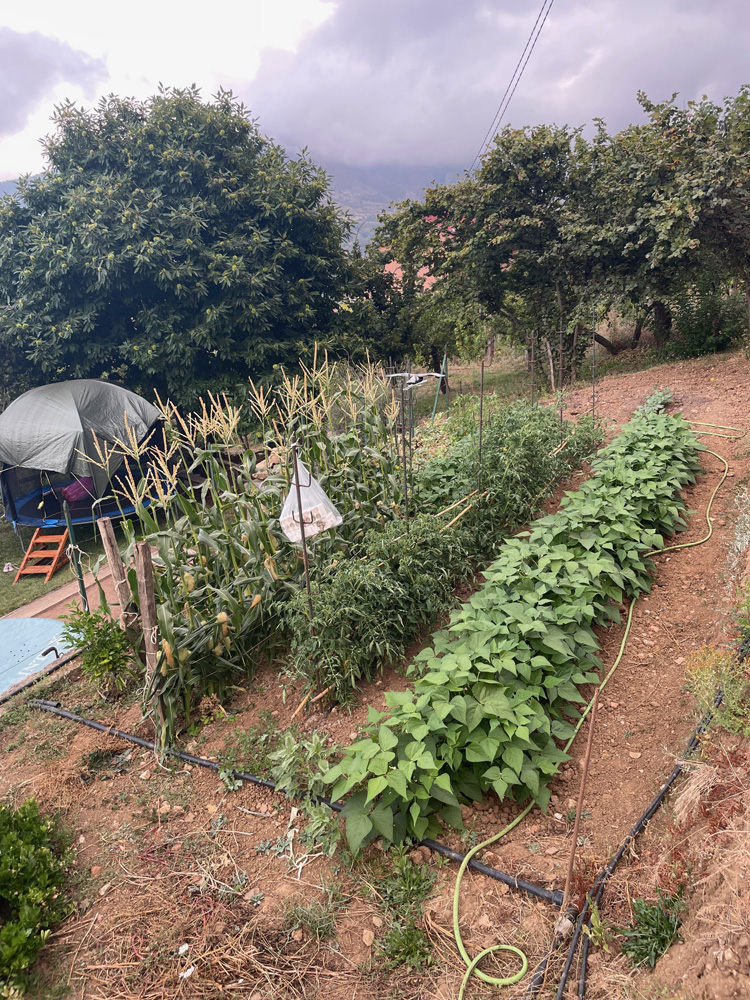
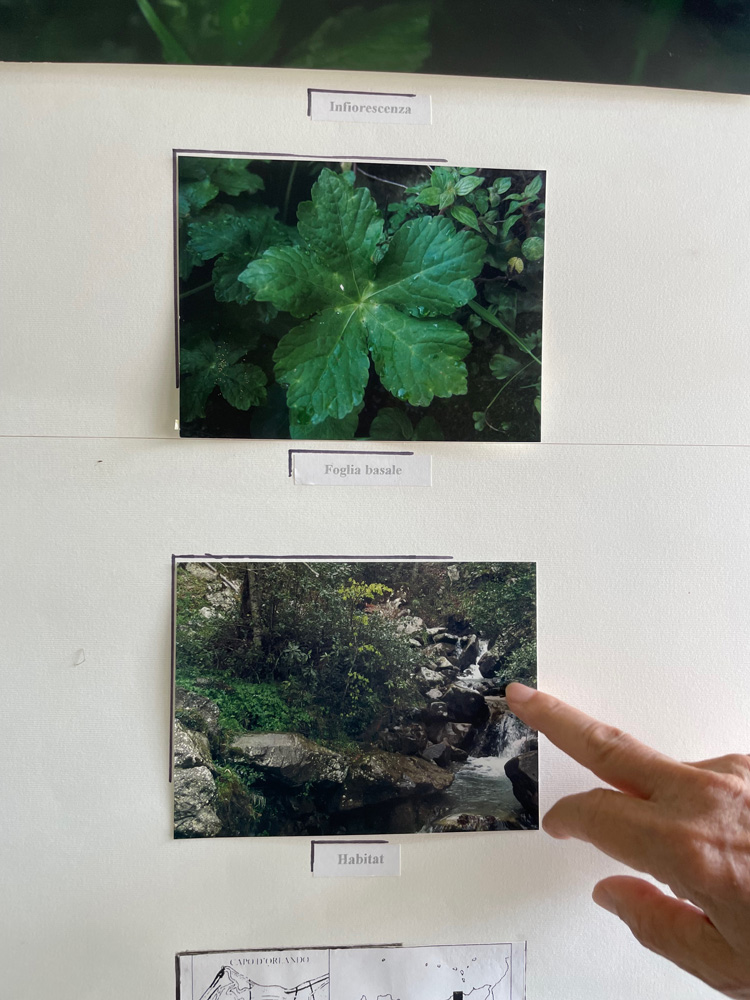

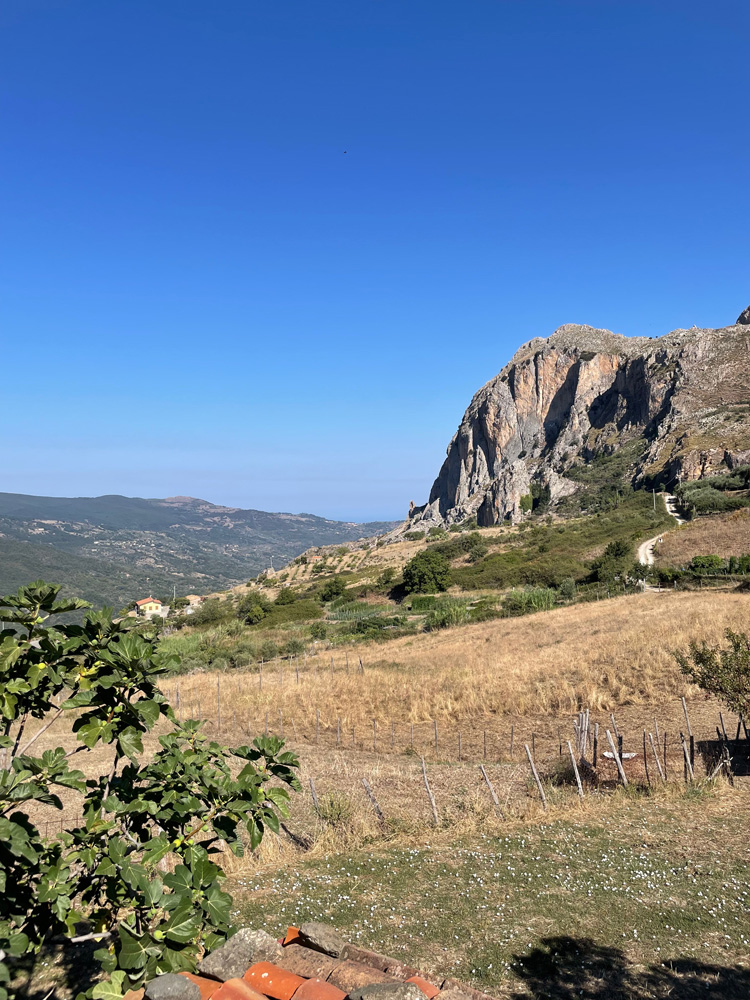
My father's and aunts' land and the creatures who reside on it.
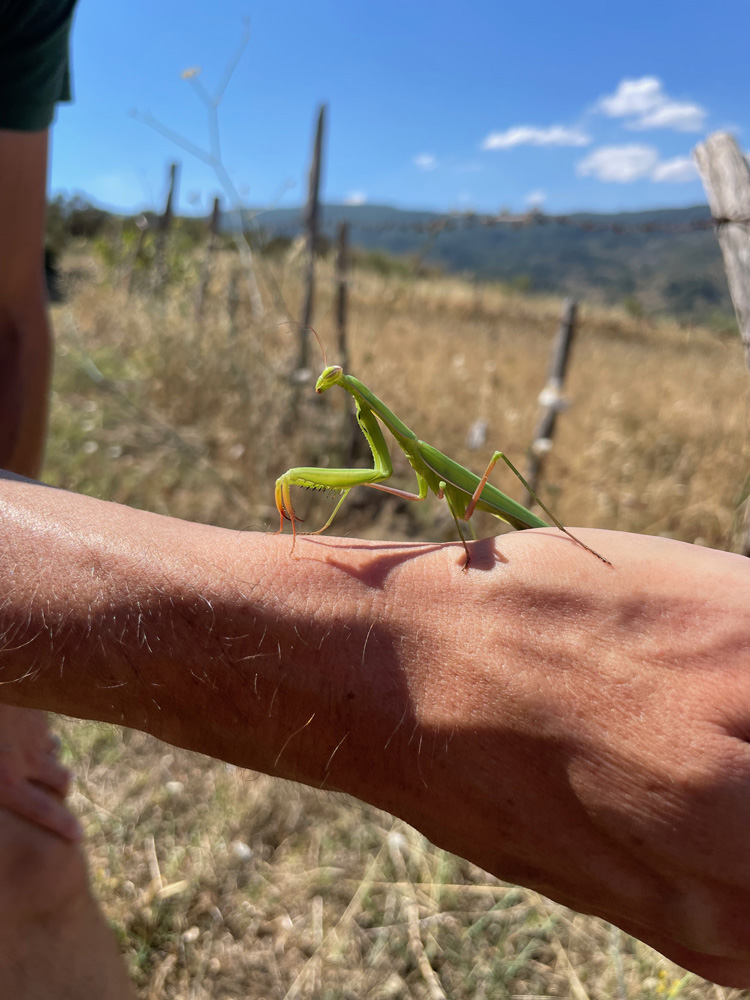
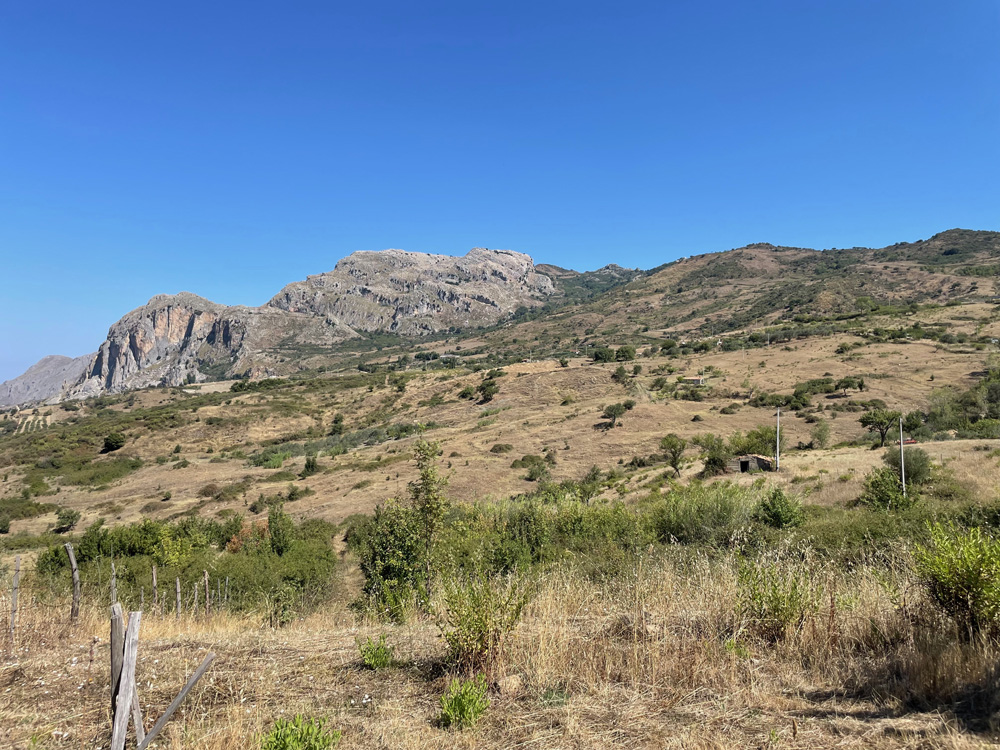
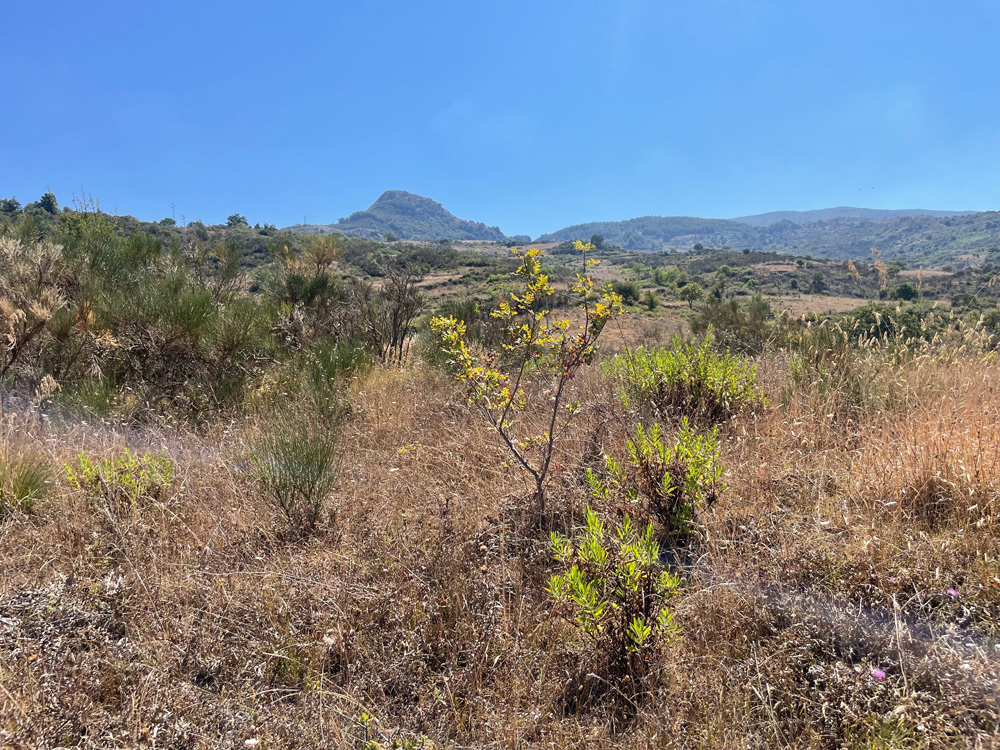
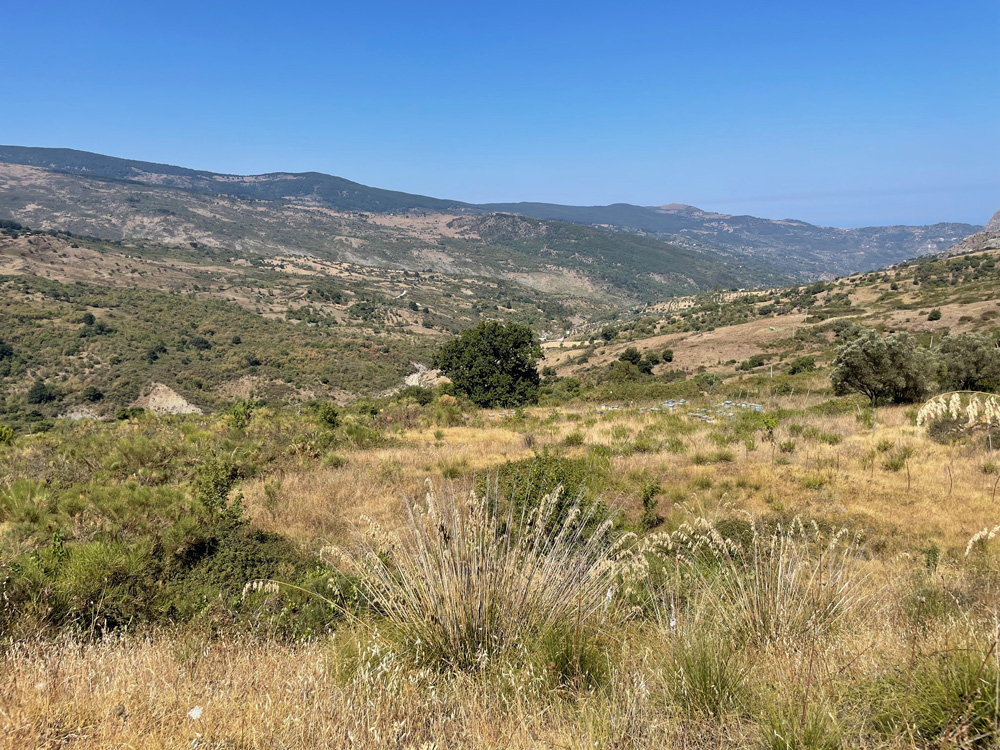
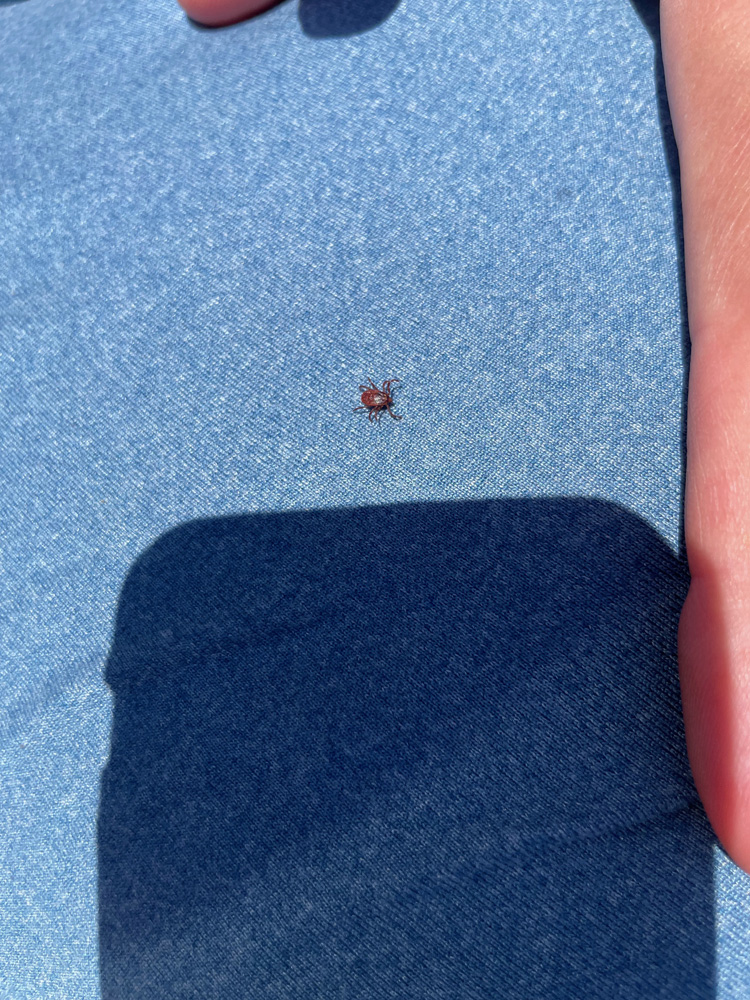
Various Gardens of family members in Sicily
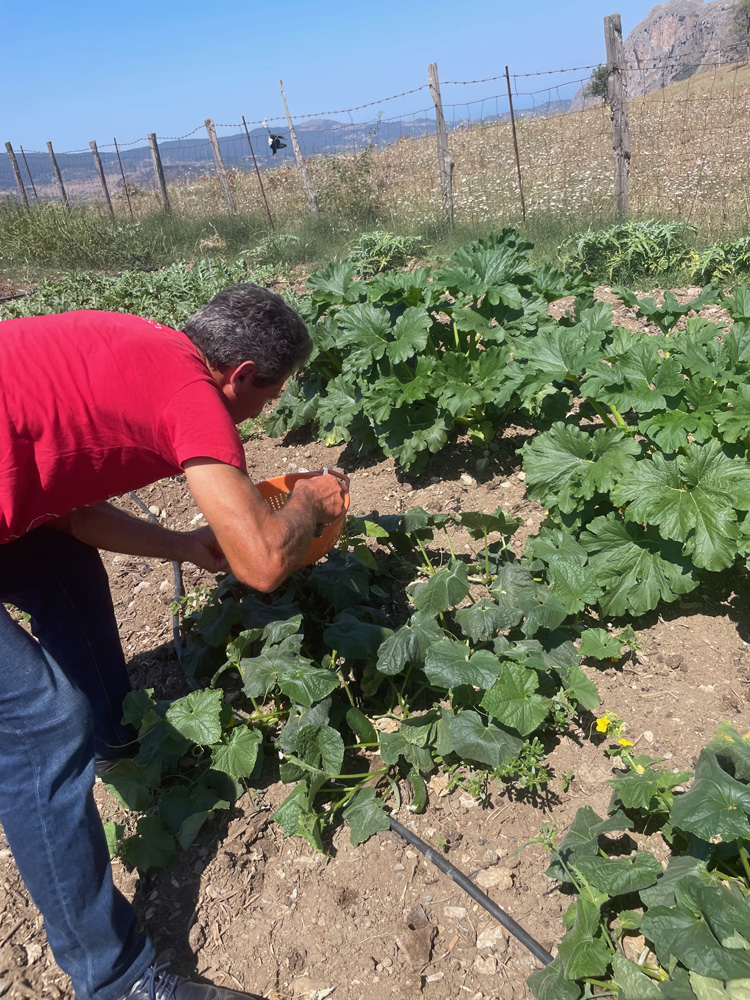
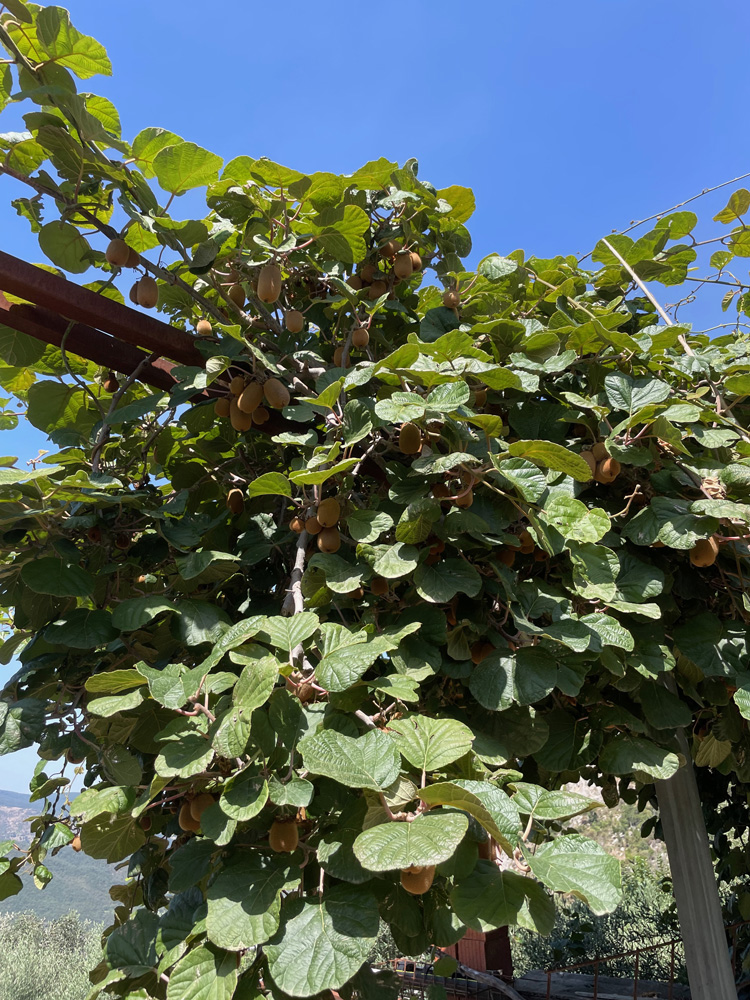
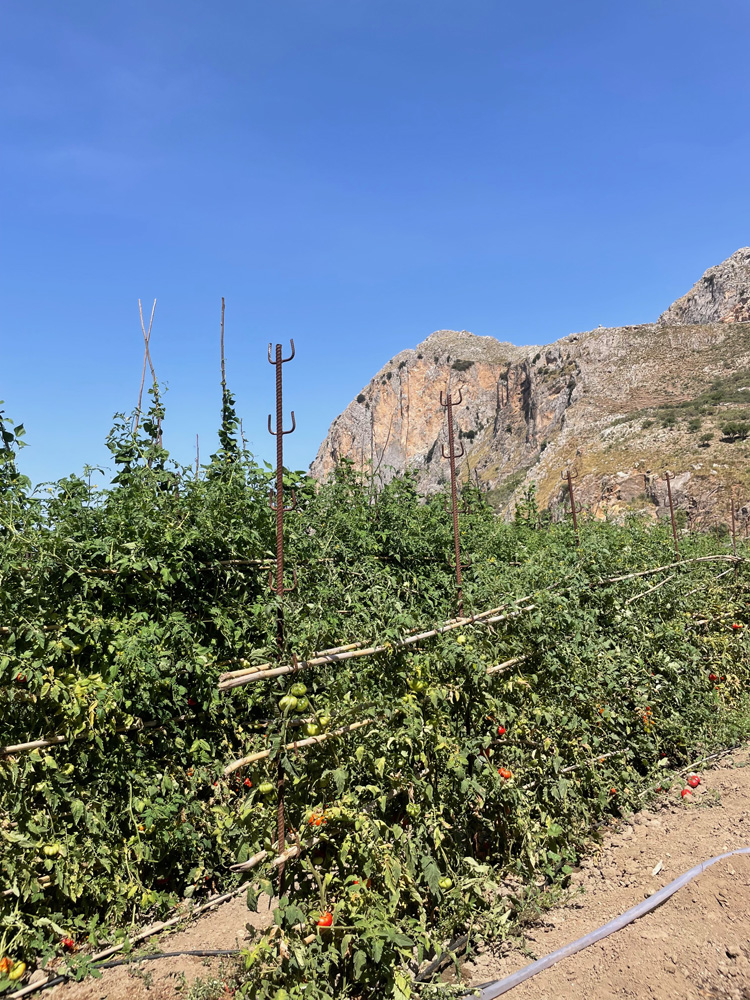
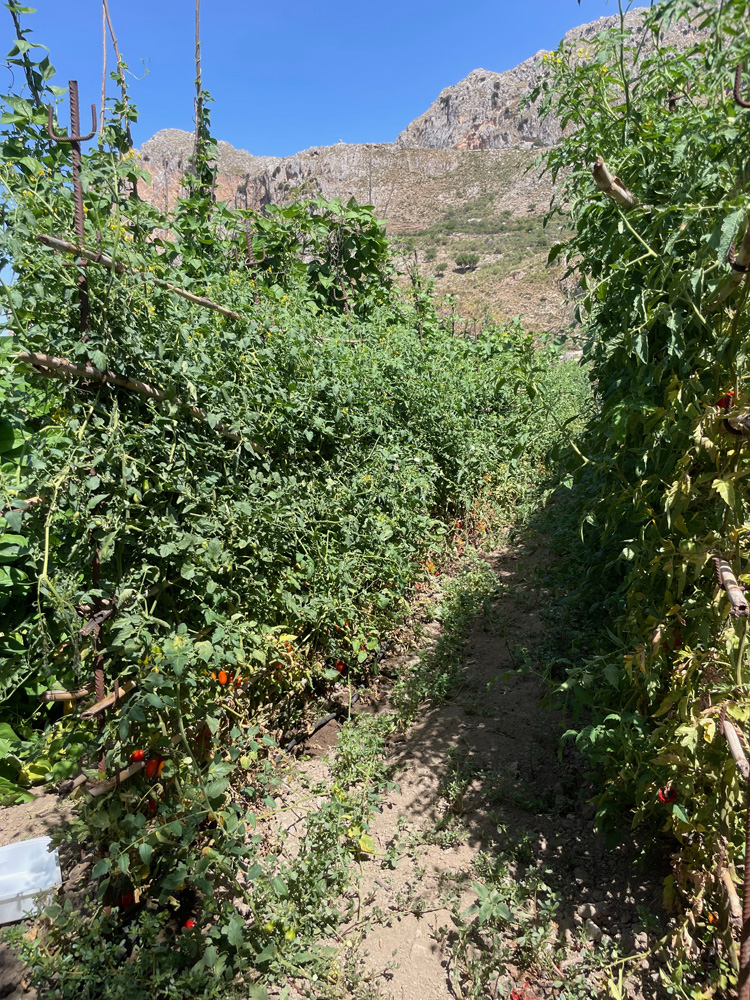

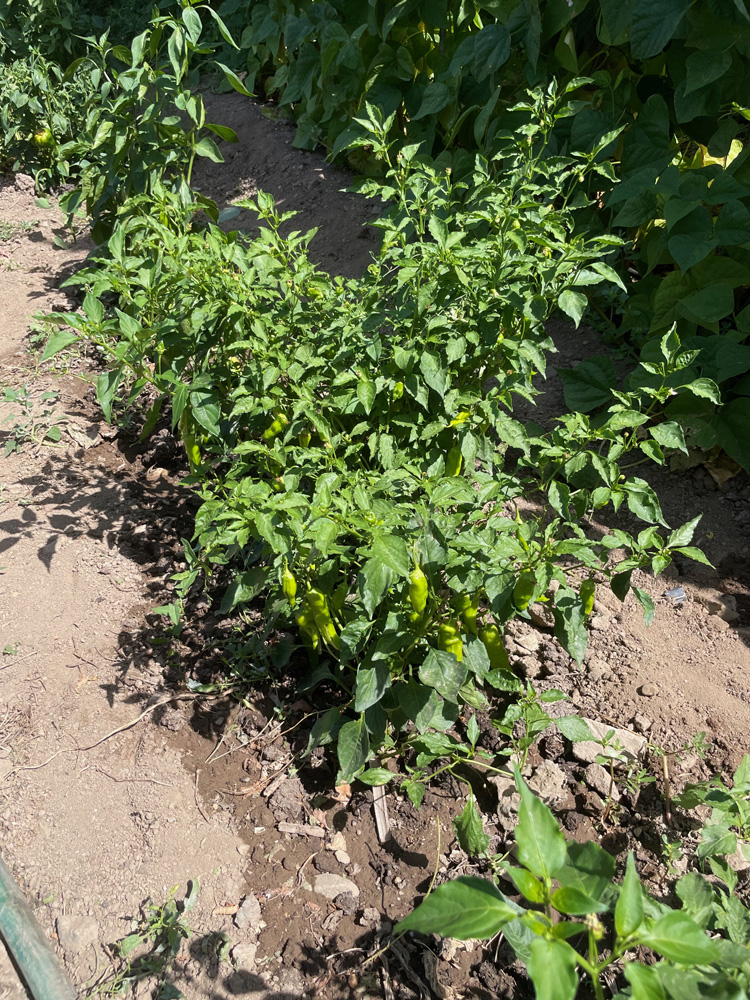
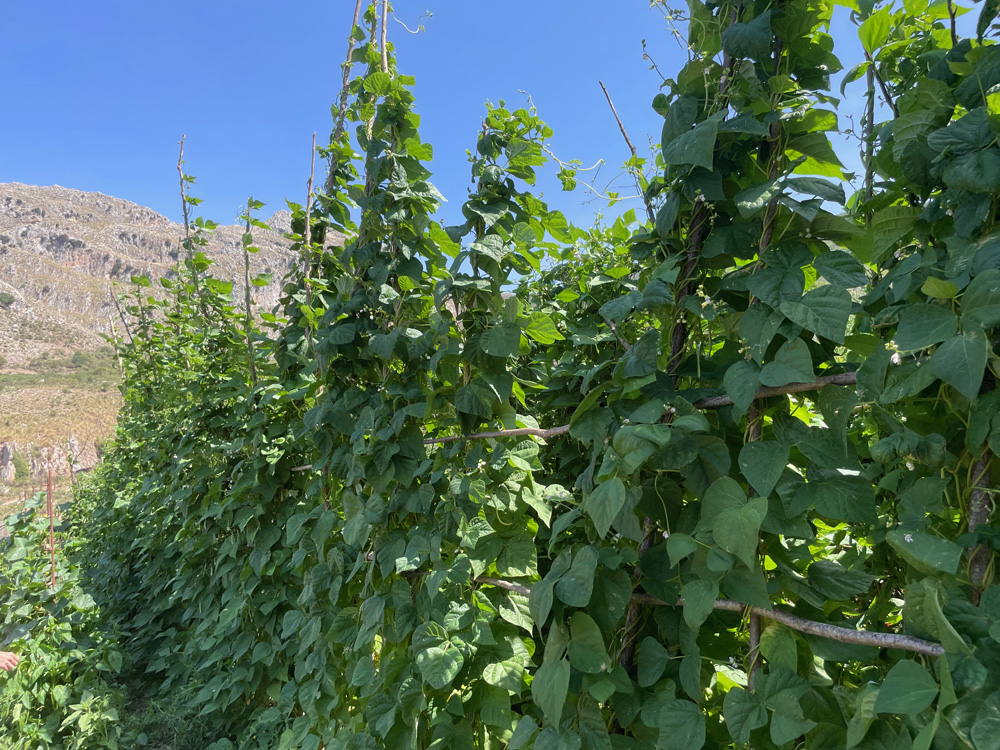





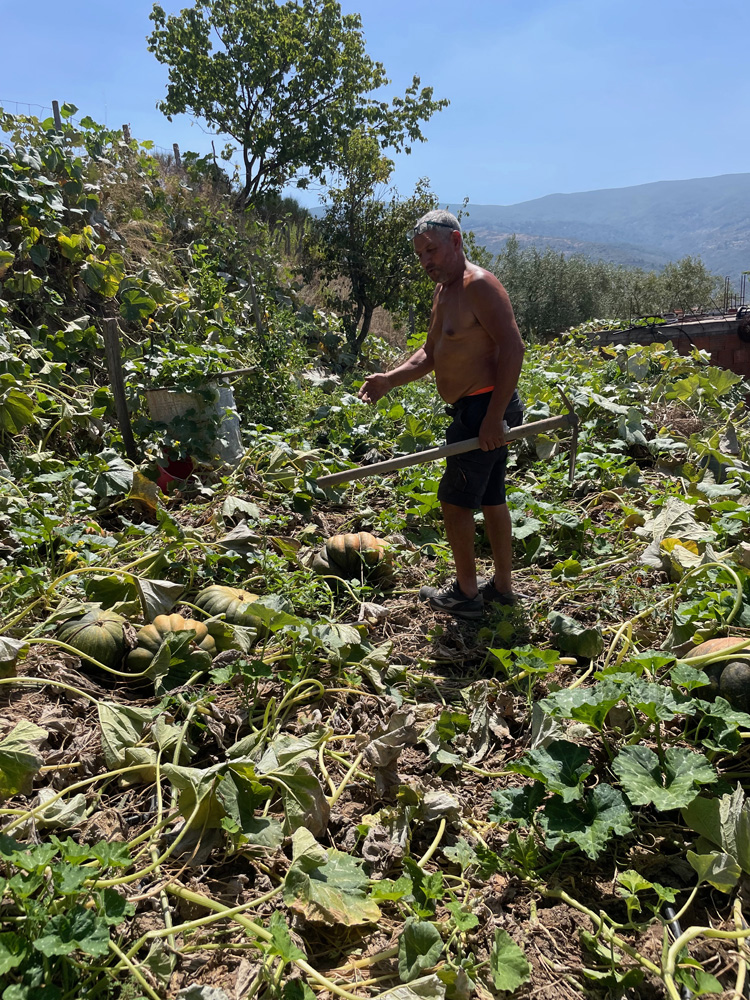


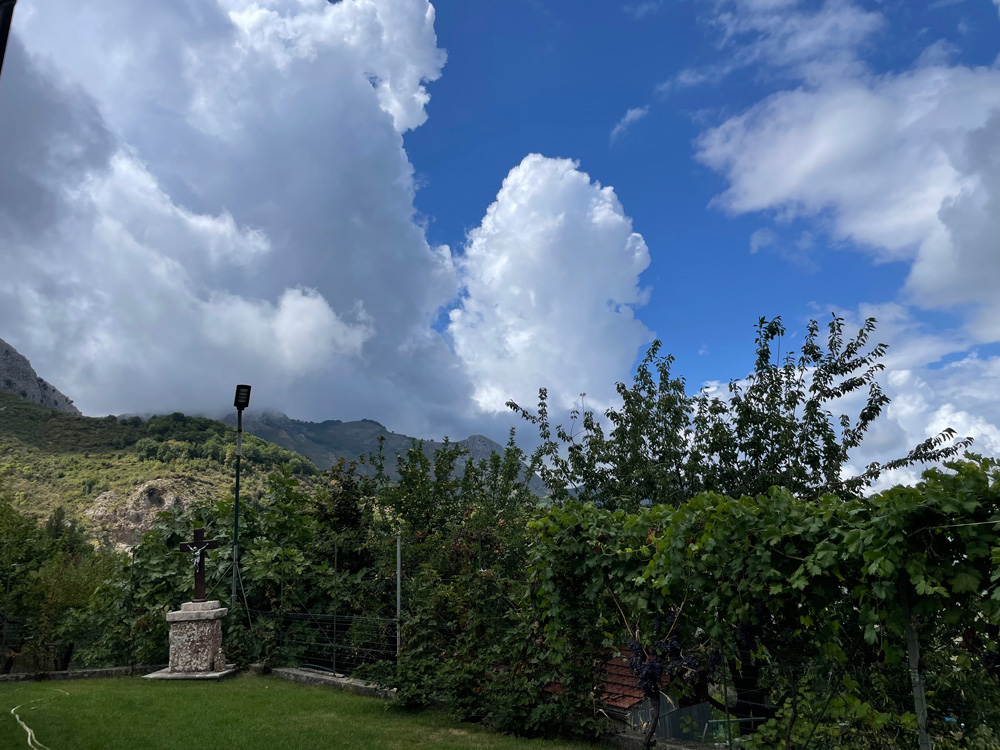

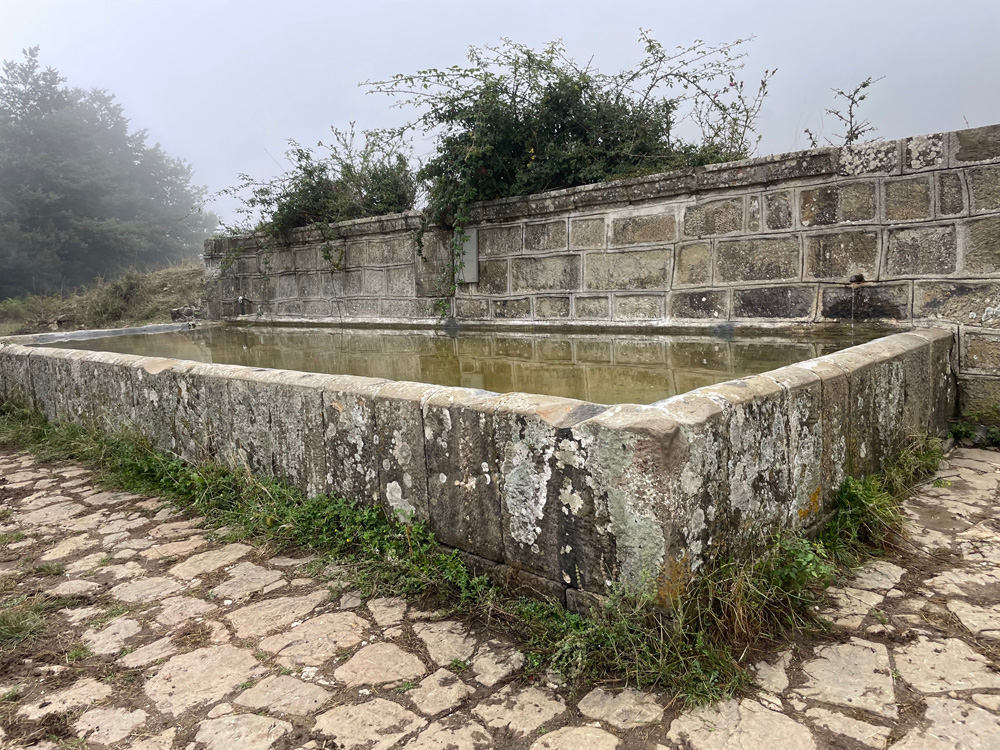

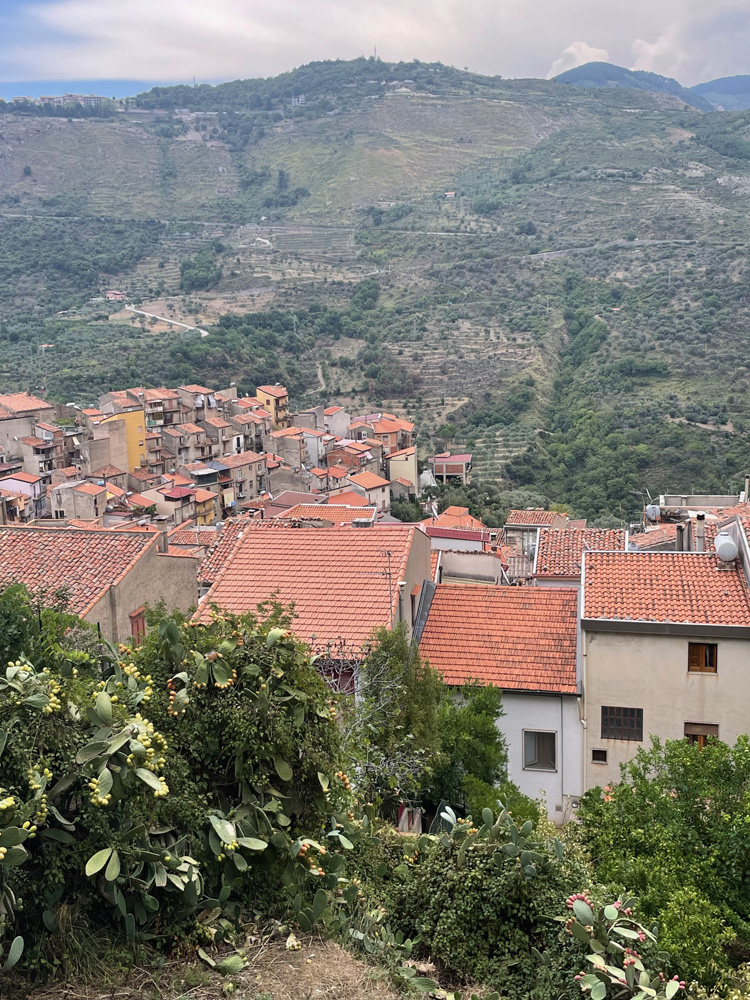
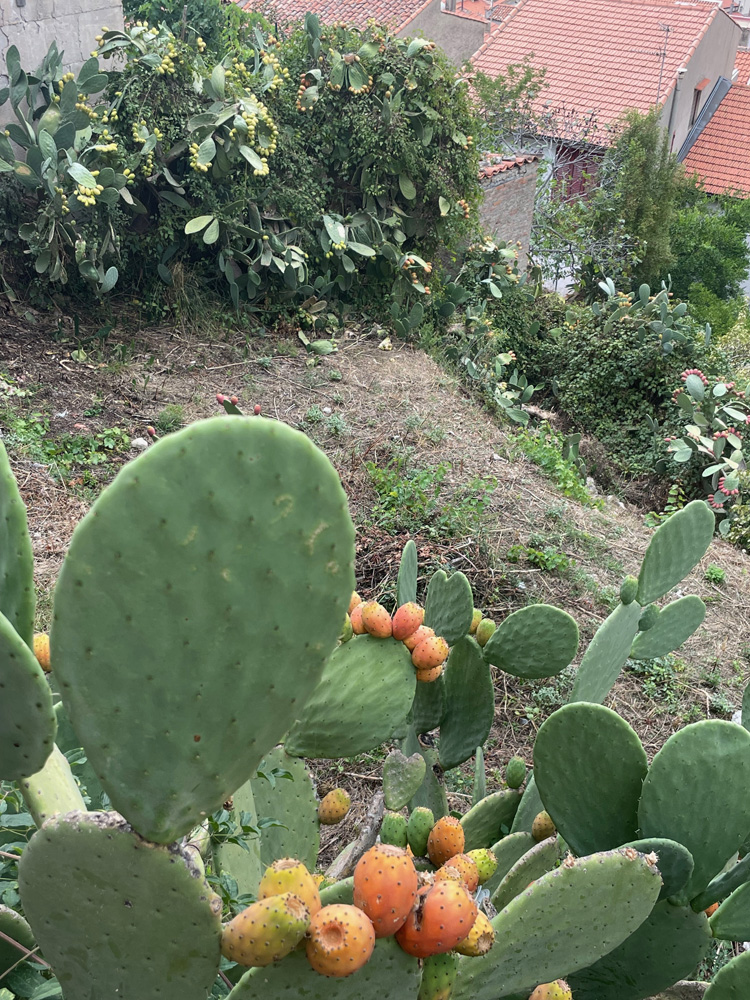
My garden in Los Angeles, CA in late summer — as I found it after 6 weeks in Sicily.
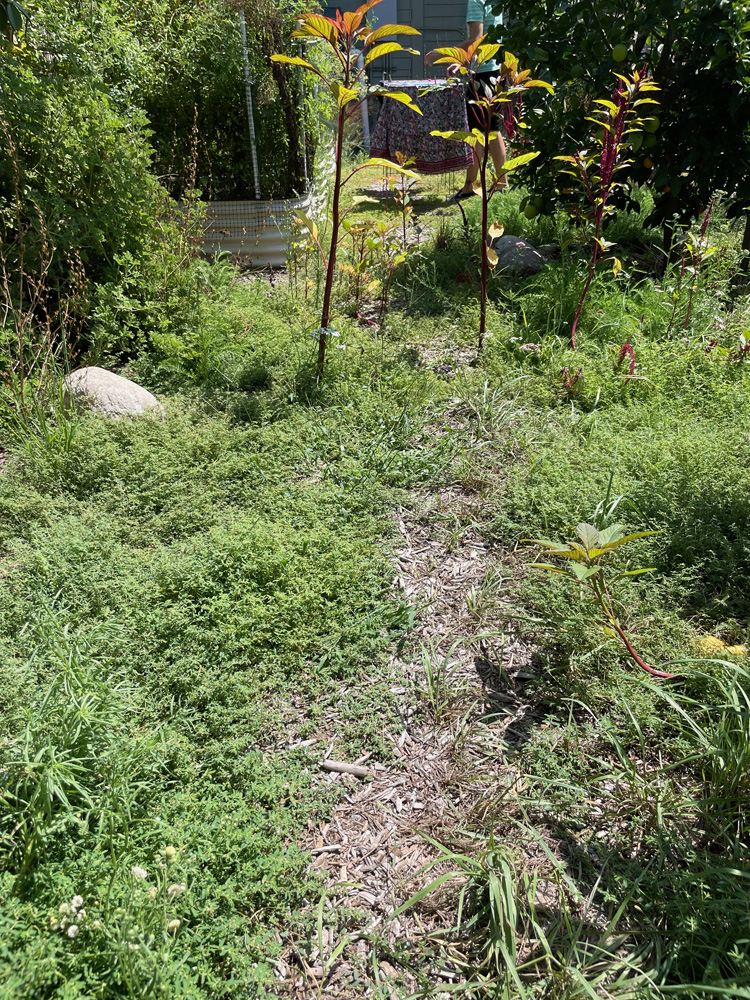
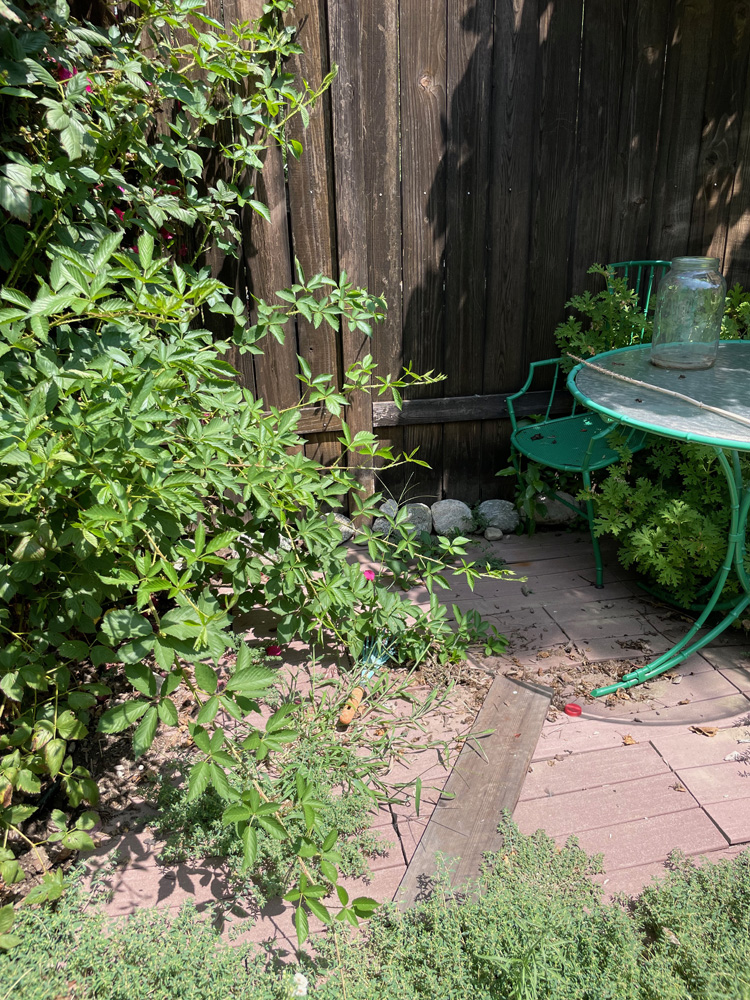

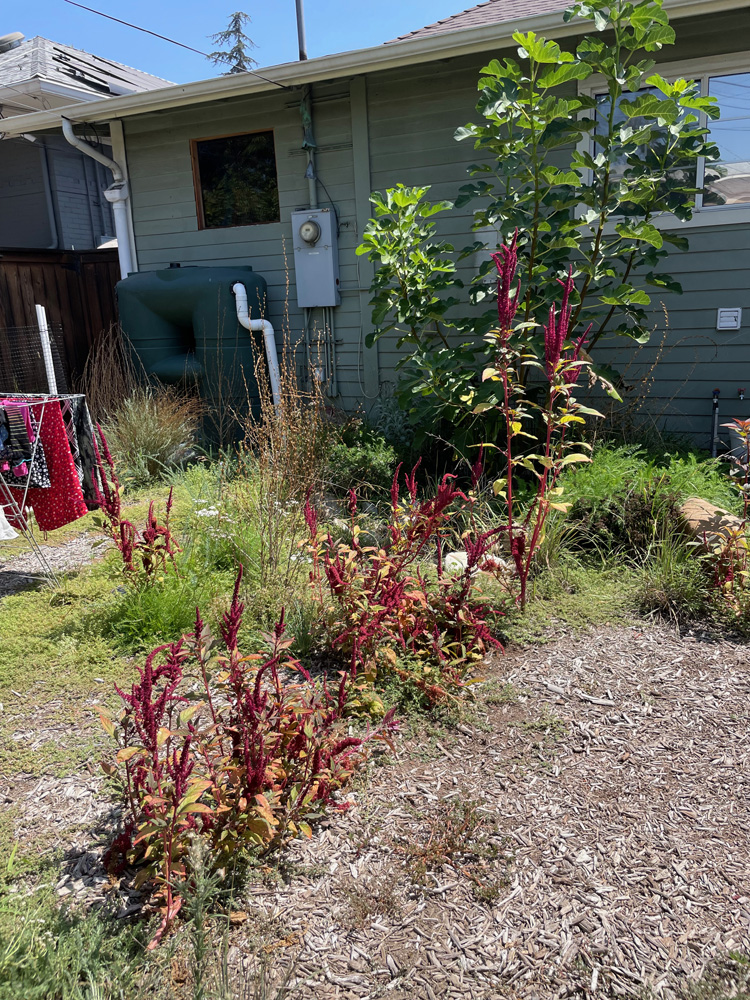
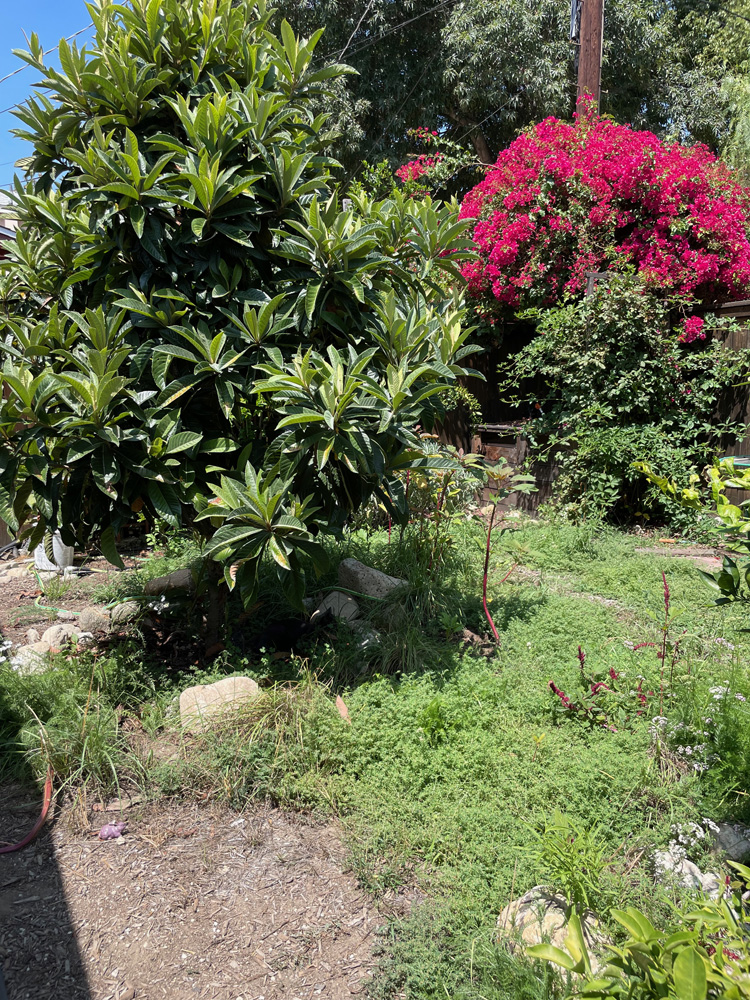
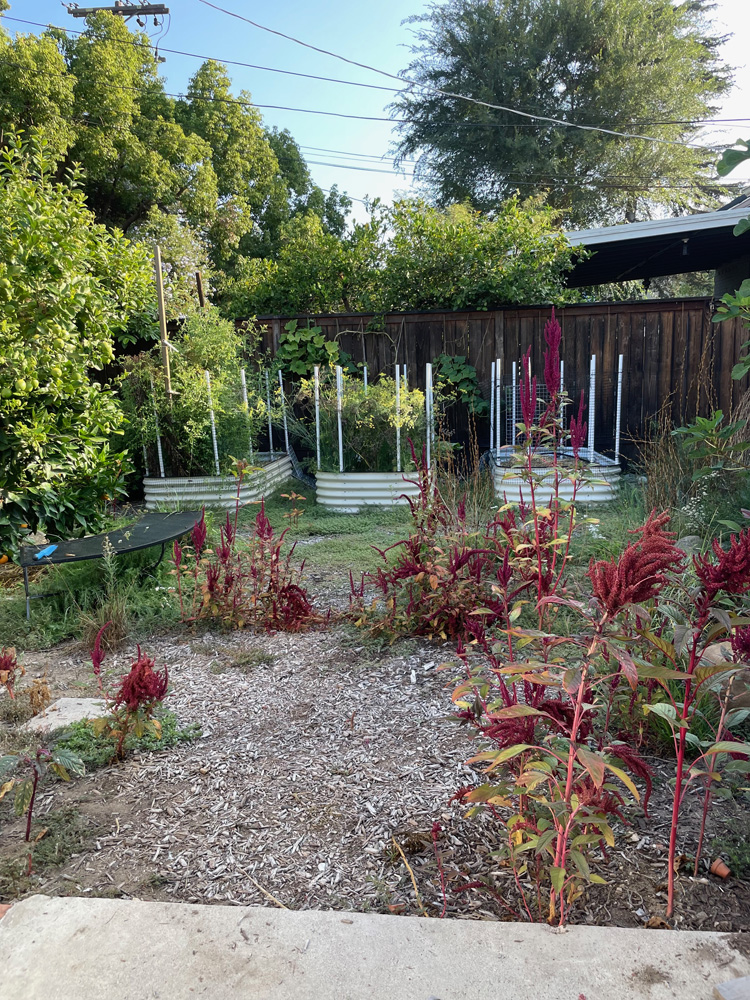




News Articles about the drought:
'The land is becoming desert': drought pushes Sicily's farming heritage to the brink (The Guardian)
Sicily's farmers struggle through worst drought in history (NPR)
Climate change key driver of extreme drought in water scarce Sicily and Sardinia (World Weather Attribution)
Mediterranean Drought Forces a Hard Choice: Who Gets the Water? (NYT)
Terence Hannum
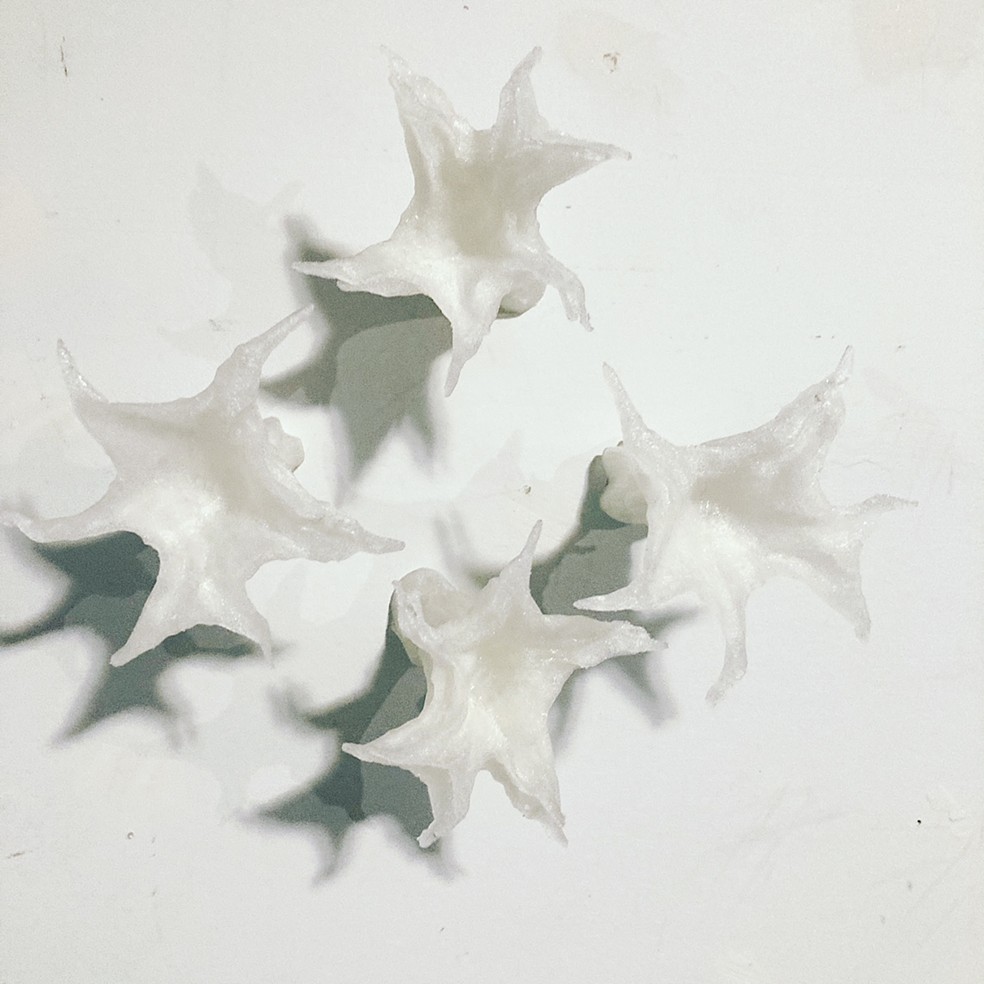
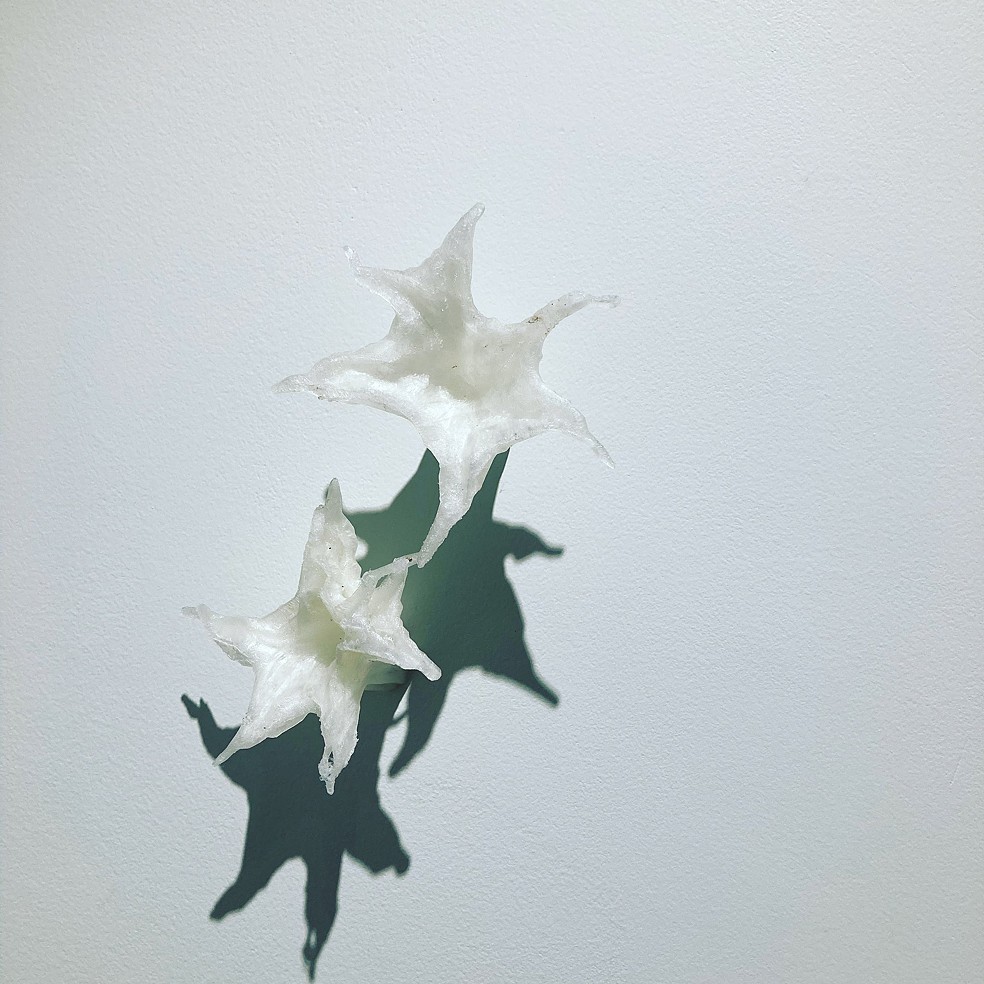

These mutations begin as 3D models of psychoactive and/or poisonous flora, and then digitally evolve over multiple passes before being 3D printed and installed into architectural interventions. Some glow, some are transparent. I was initially inspired by strange plants such as the mycoheterotrpophic Monotropa uniflora (Ghost plant) and genetically altered bioluminescent plants alongside my interests in science-fiction and the horror of climate change. Of plants made by machines, consuming architecture. These blooms are specifically altered models of the poisonous and psychoactive datura flower.
Sarah Beth Woods
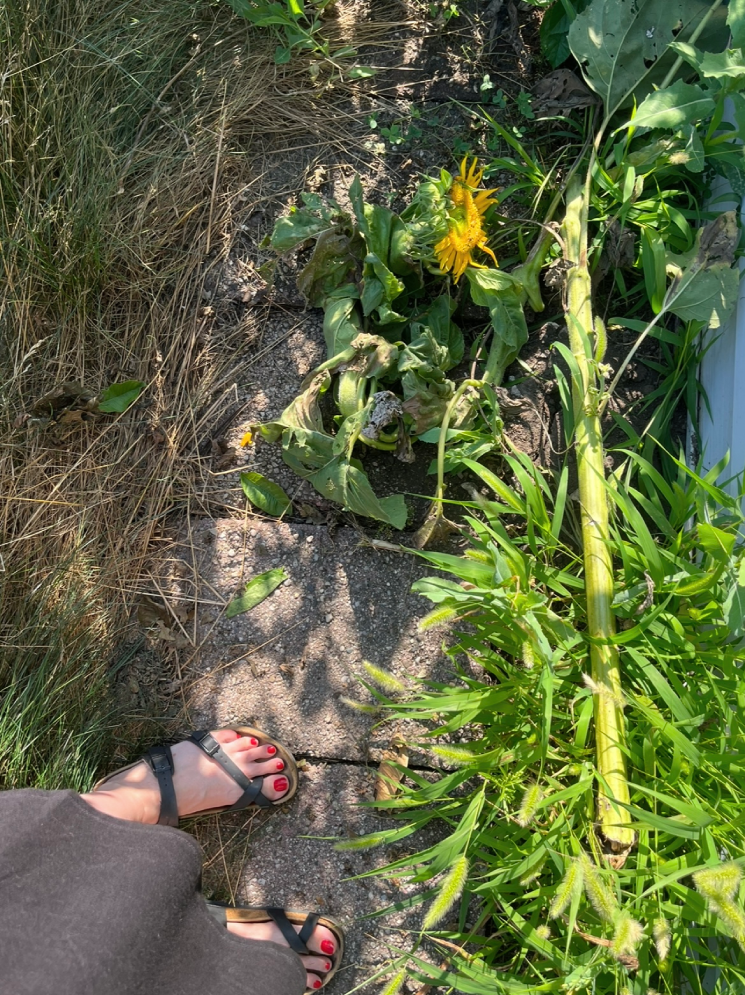
I planted a mammoth sunflower at the very first sign of spring. I had recently fled my home because my body told me I was no longer safe living there. I couldn't digest food, and I had spent weeks keeled over with intense stomach pains. My body wasn't whispering, it was screaming. The former landlord had just sold the two-flat where I was temporarily staying. Right before the sale of the building he came in with various types of landscaping machines and completely pillaged the entire yard—hacking down anything that looked like a tall weed.
My sunflower plant had just bloomed. It was difficult, I felt anguish in my gut, because I was in a season where I needed to nurture something beautiful and tangible; something new and full of possibility in contrast to the parts of my old life that I was shedding.
Yesterday to my amazement, one of the sunflower plants was still growing. Its tall, vertical body lay horizontal in the soil. This incredible plant bore what resembled scar tissue, it had repaired itself and continued to bloom after being severed in two separate places. Plants are so incredibly resilient, and aren't we too as human beings? Here's to hope and resilience when you can only see two feet in front of you. When the torn muscle and sinew are all you can see there is something growing just beneath the surface.
EC Brown

Plantphasia, part 1
Plantphasia, part 2
Kristen Romaniszak

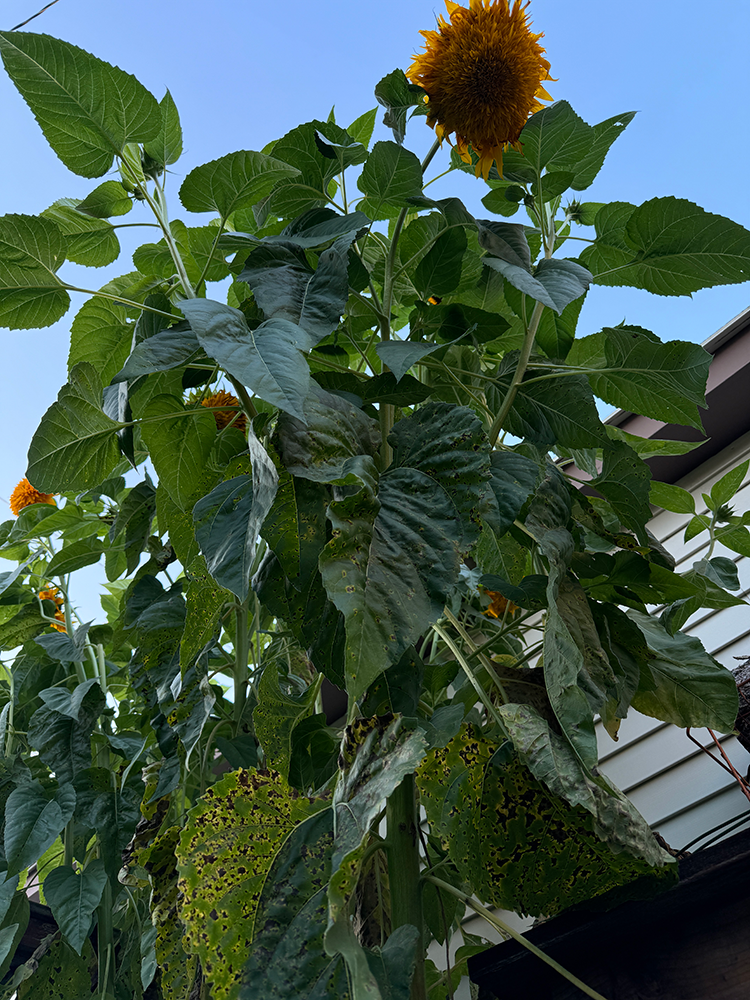

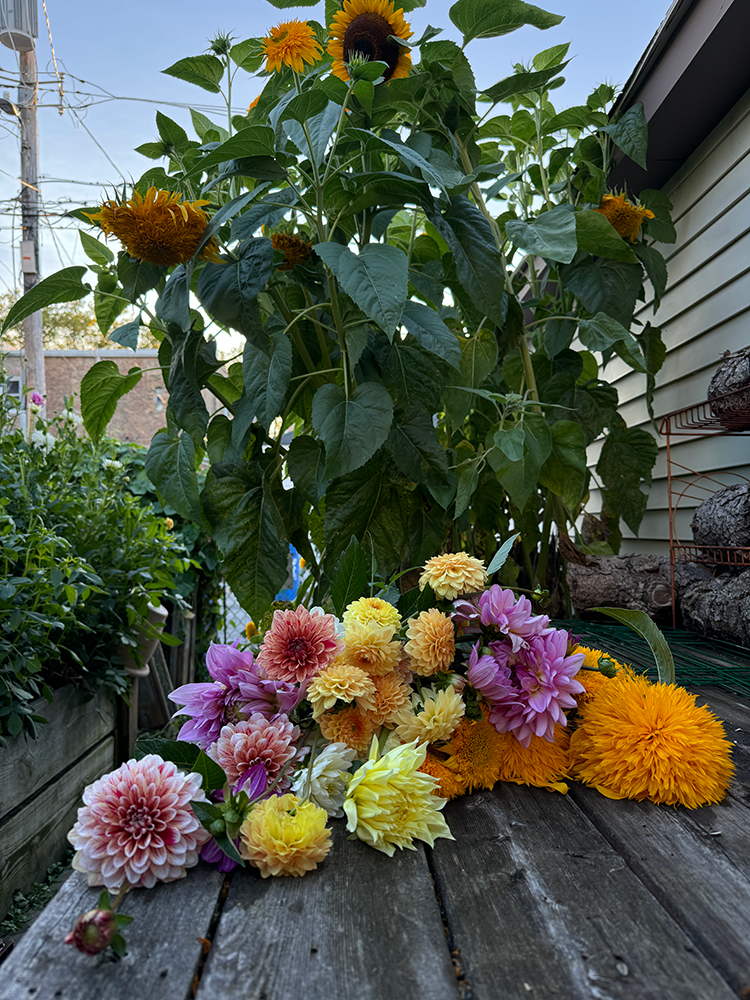


Cole Pierce
-2024-Acrylic-on-Canvas-14-x11.png)
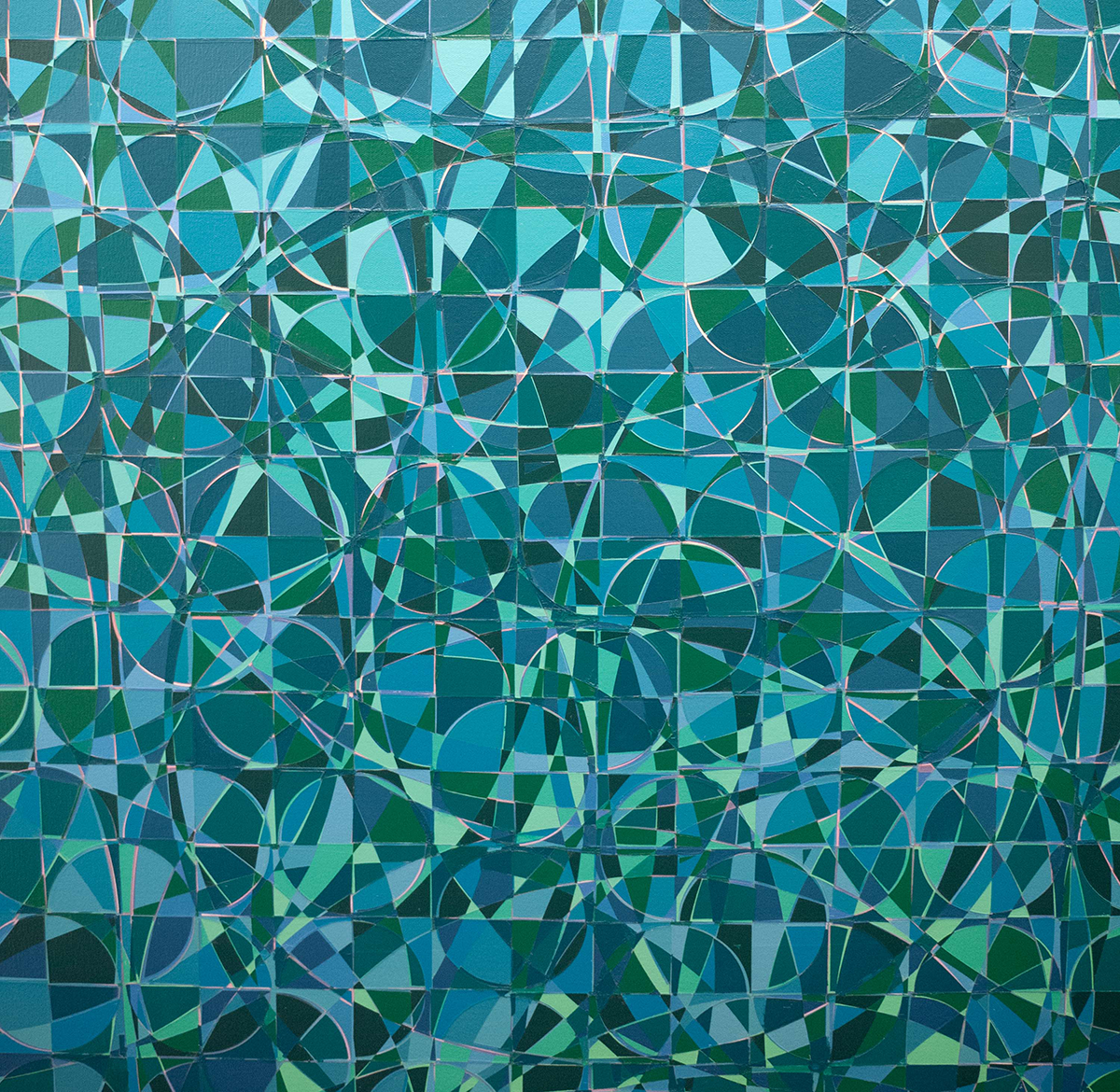
Keith Teleki
My Hungarian cousin Zsuzsa
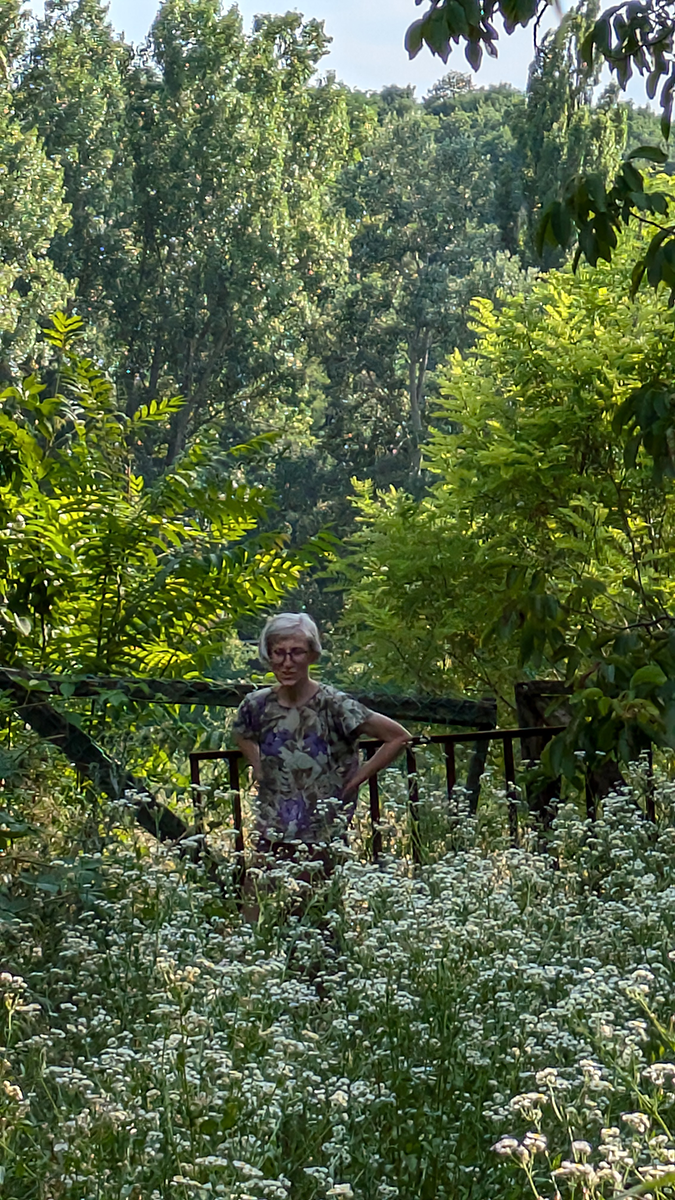
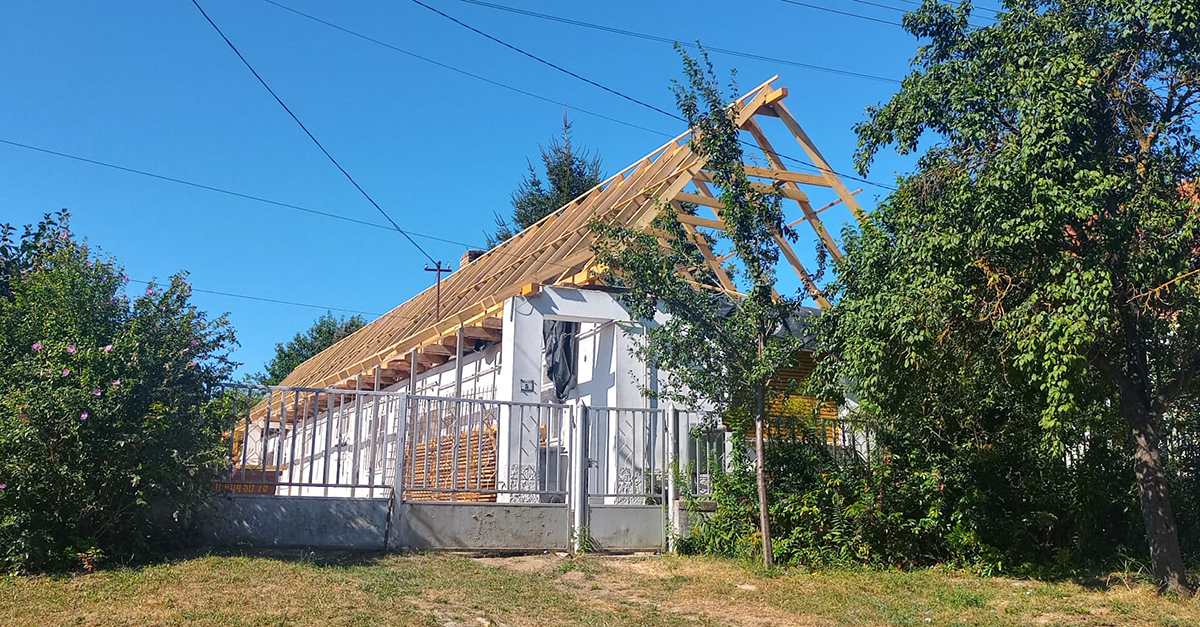
Catie Olson
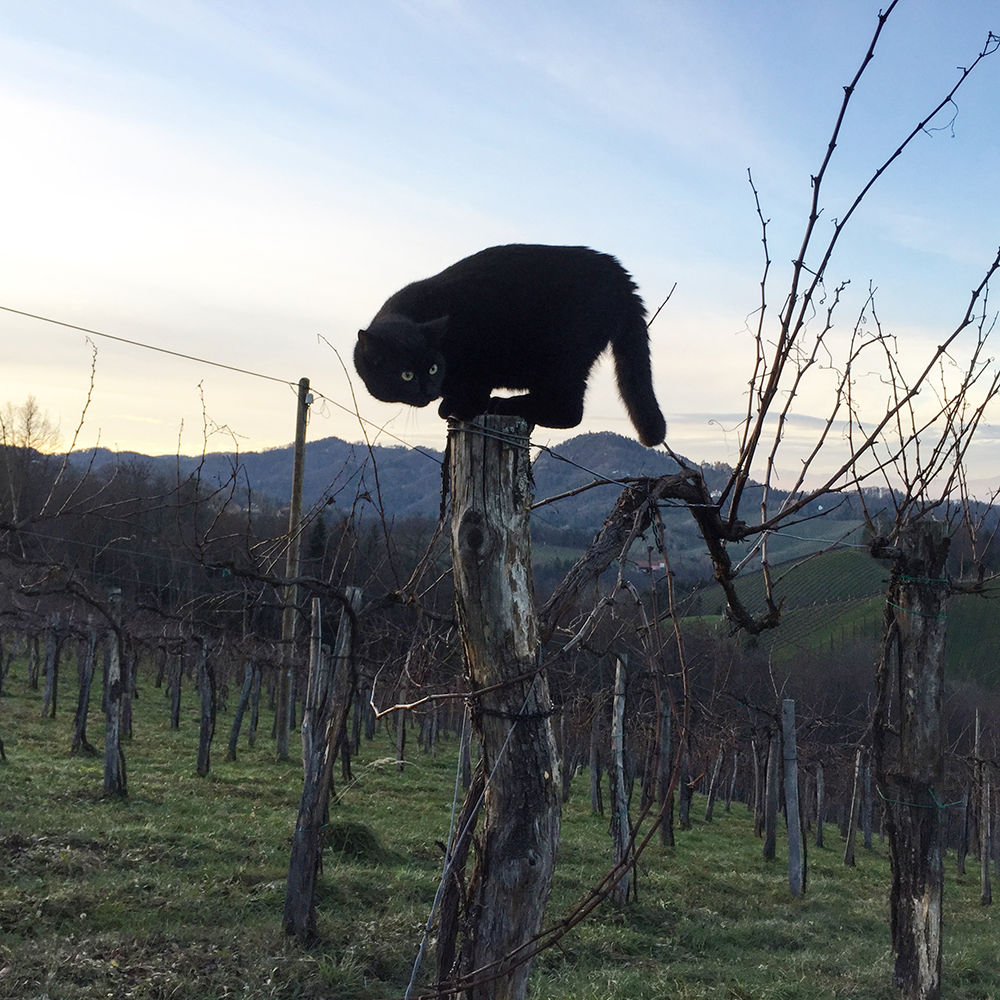

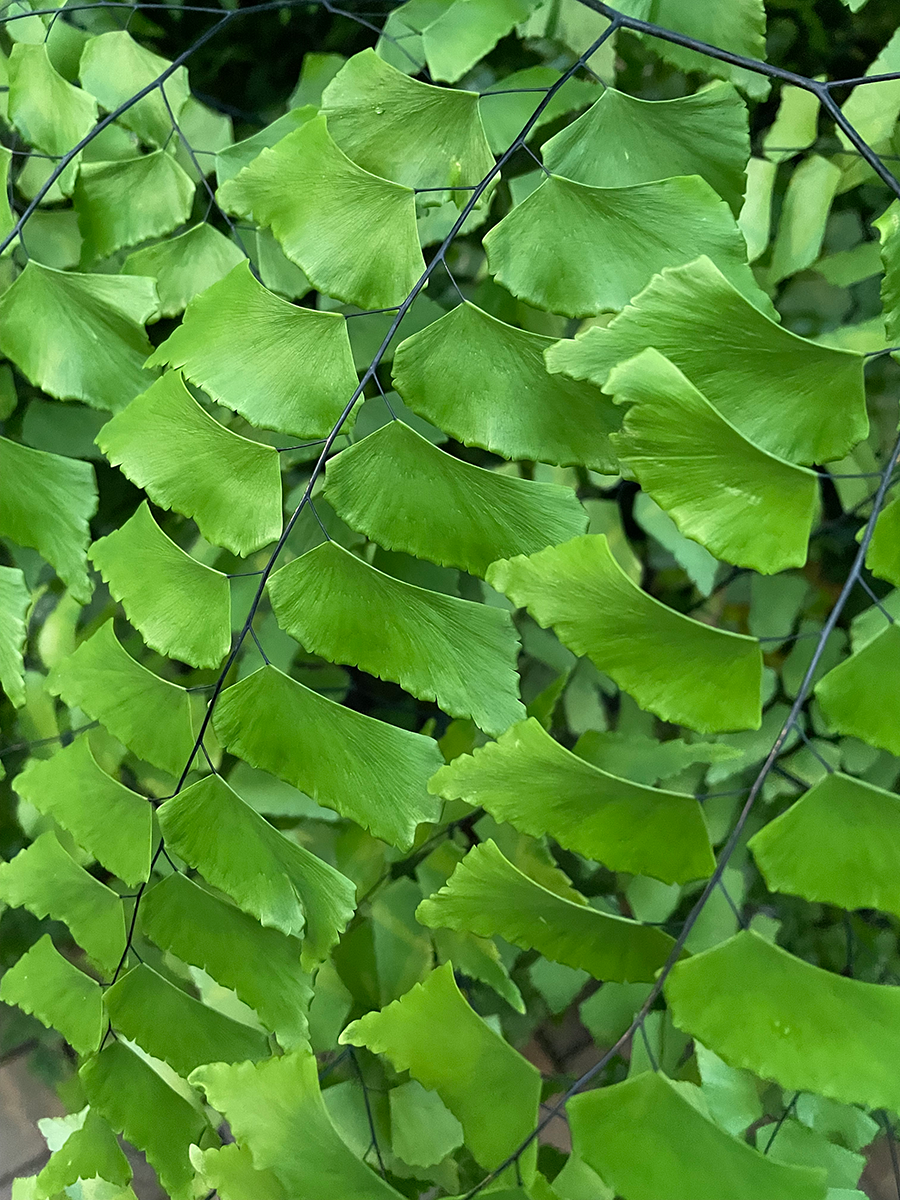



Margaret MacInnes and Bruce Neal


Bruce Neal, The Garden of Entropy
EC Brown
Excursions: Legion Park, Humboldt Park, Welles Park, NEIU native preserve, Peterson Park, Walking Stick Woods:
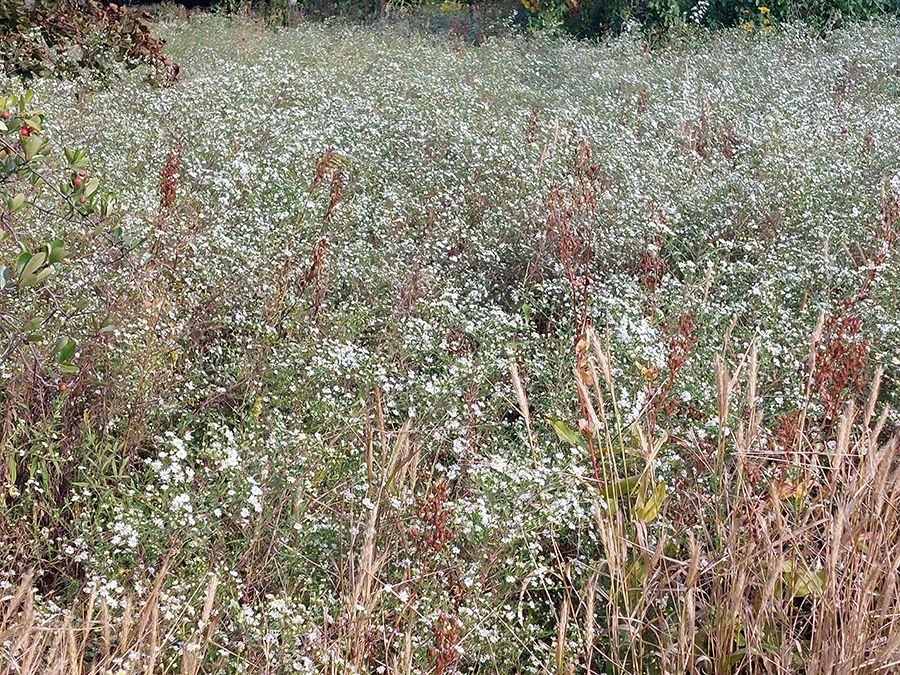

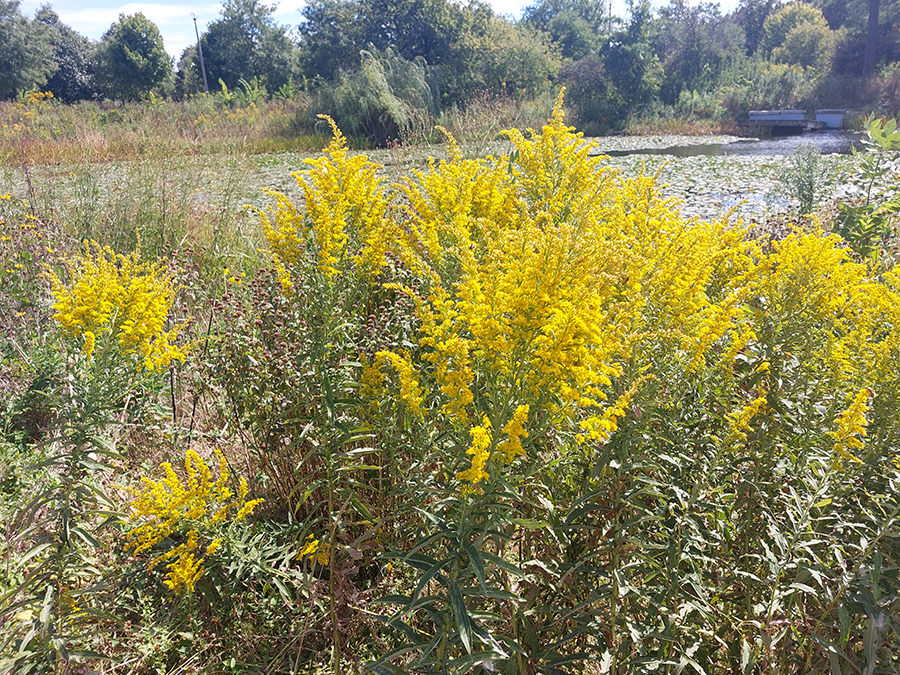
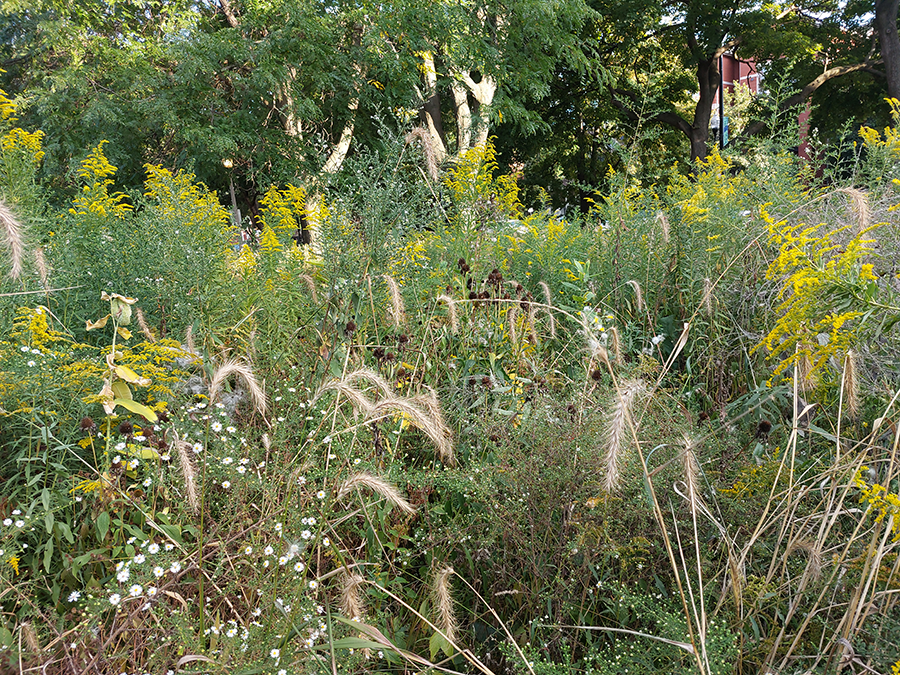



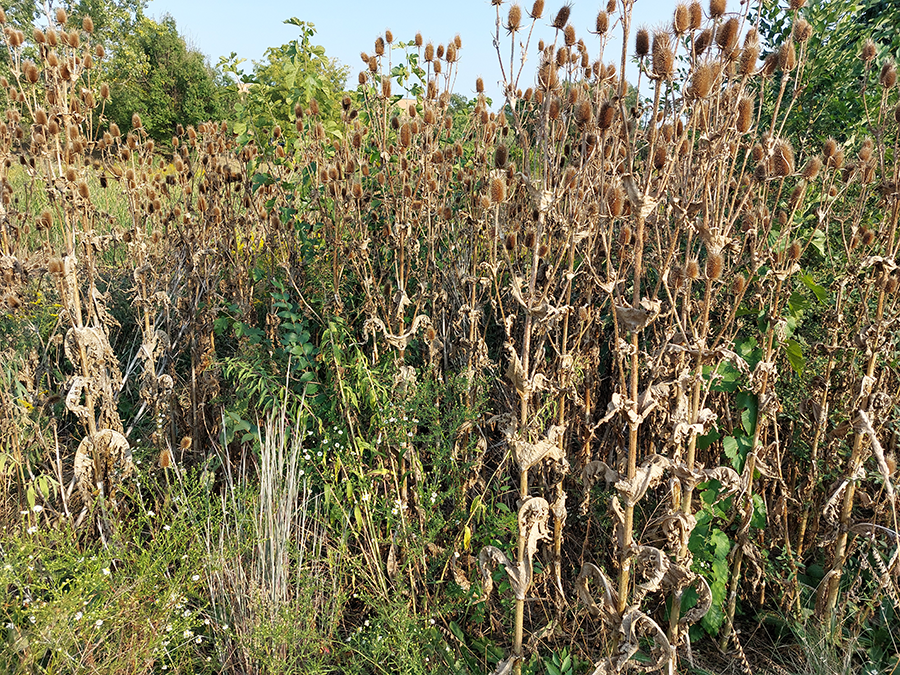

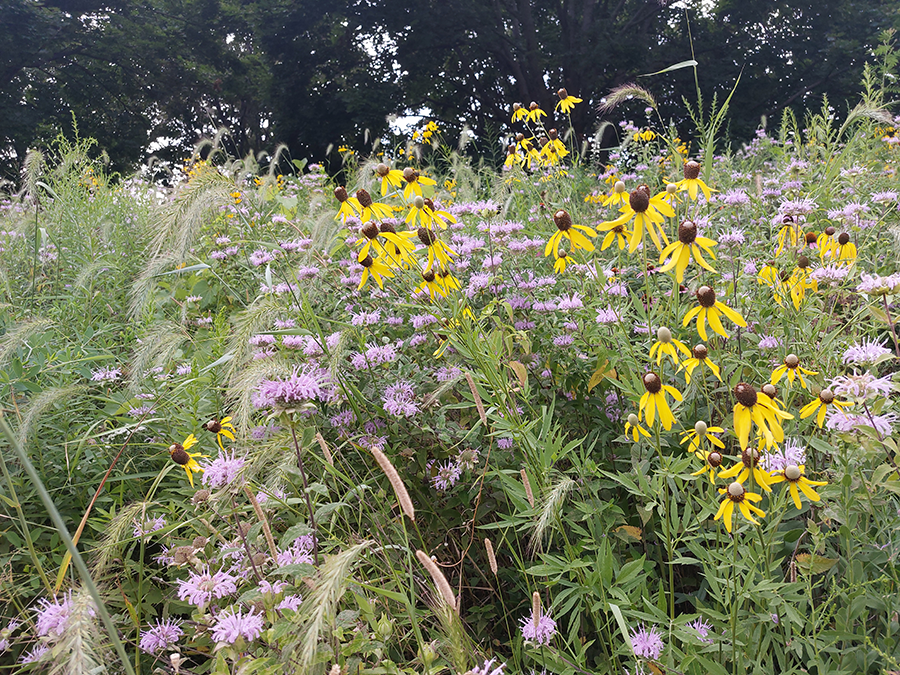
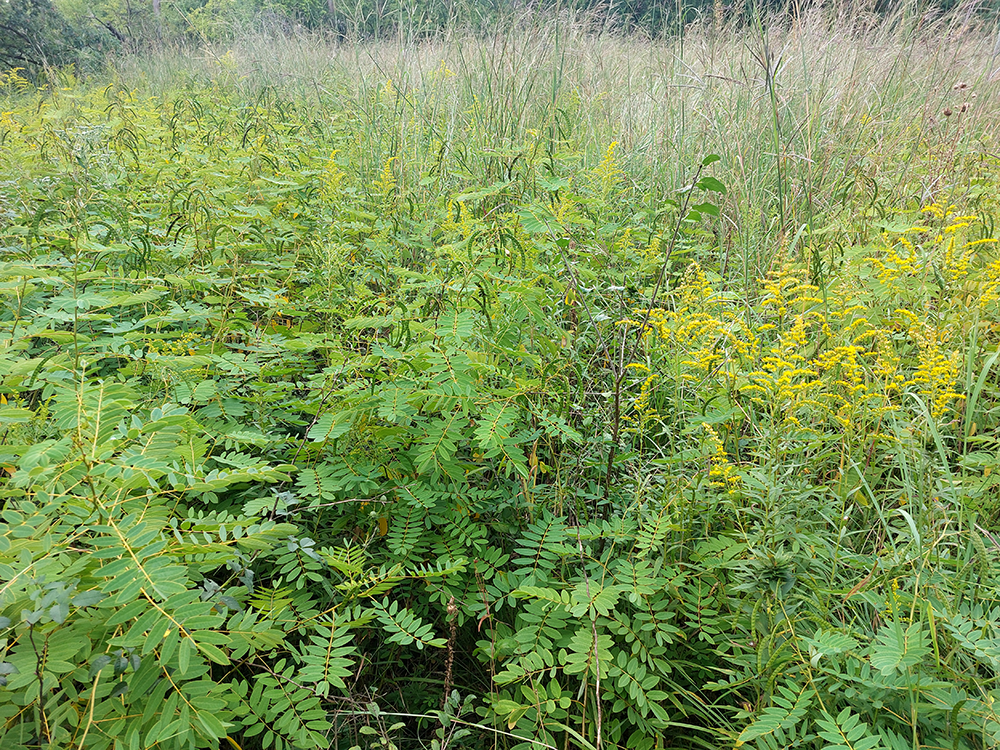
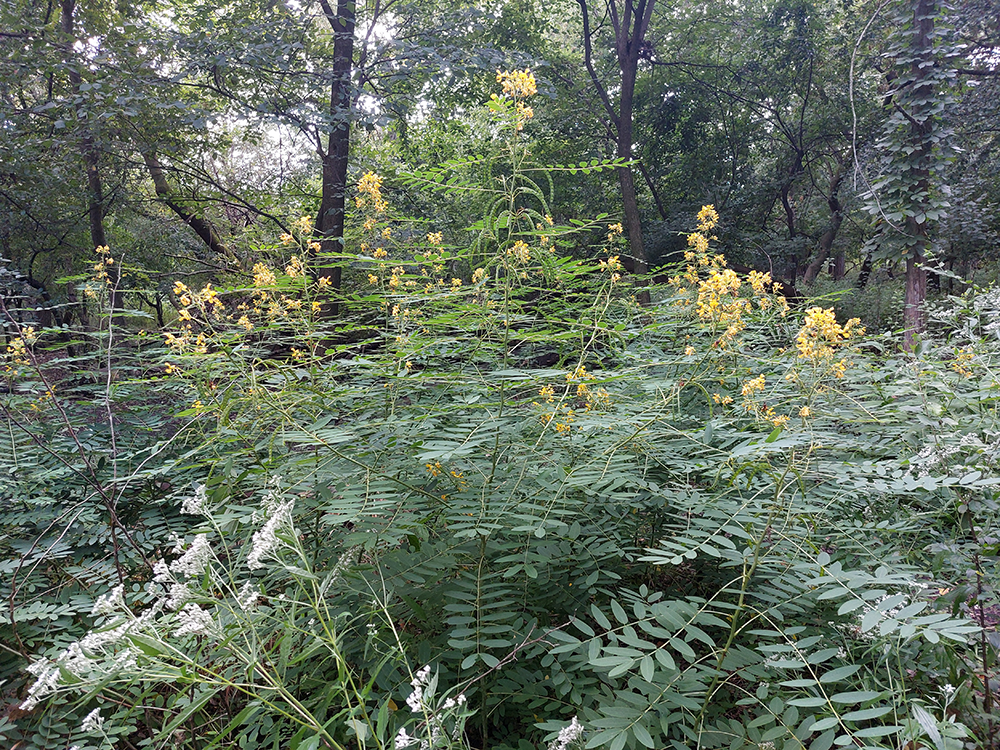
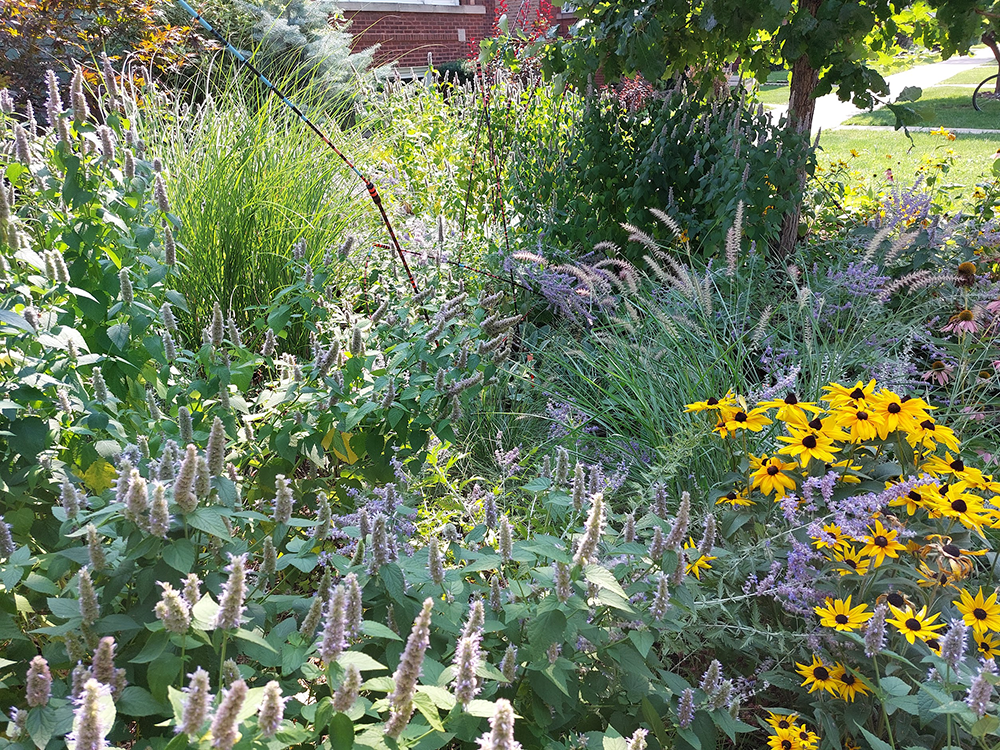
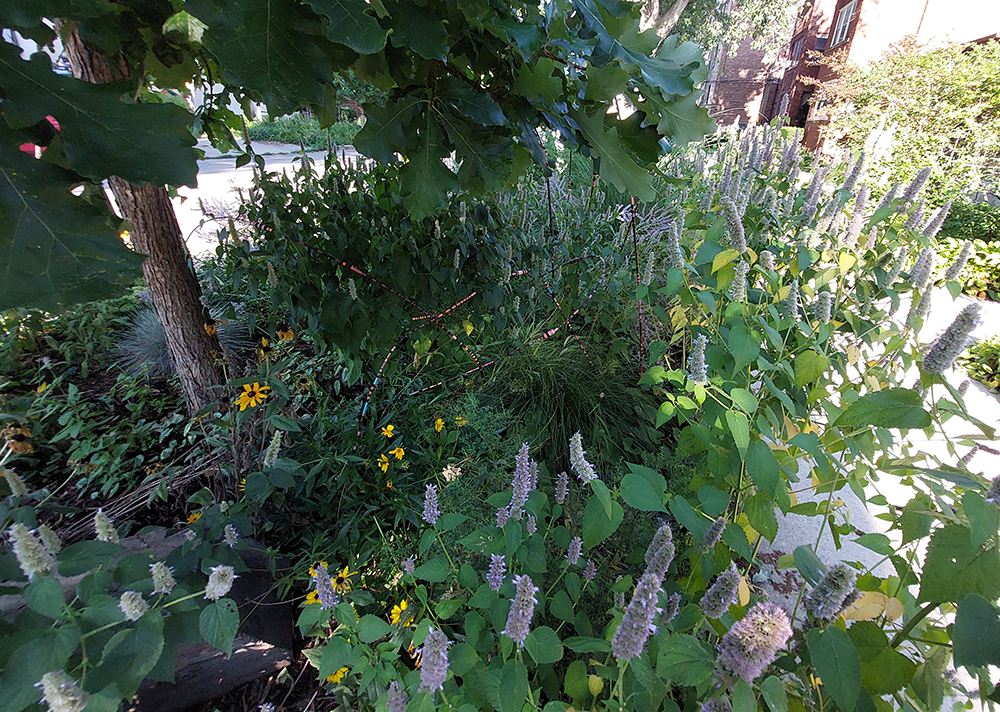



will sōderberg
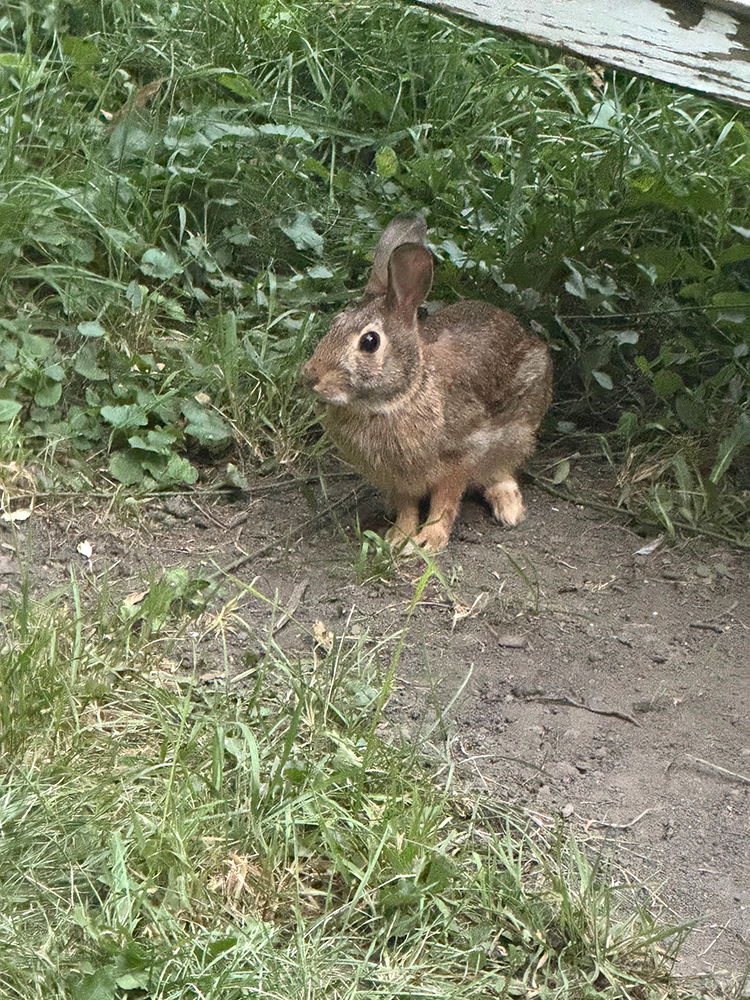
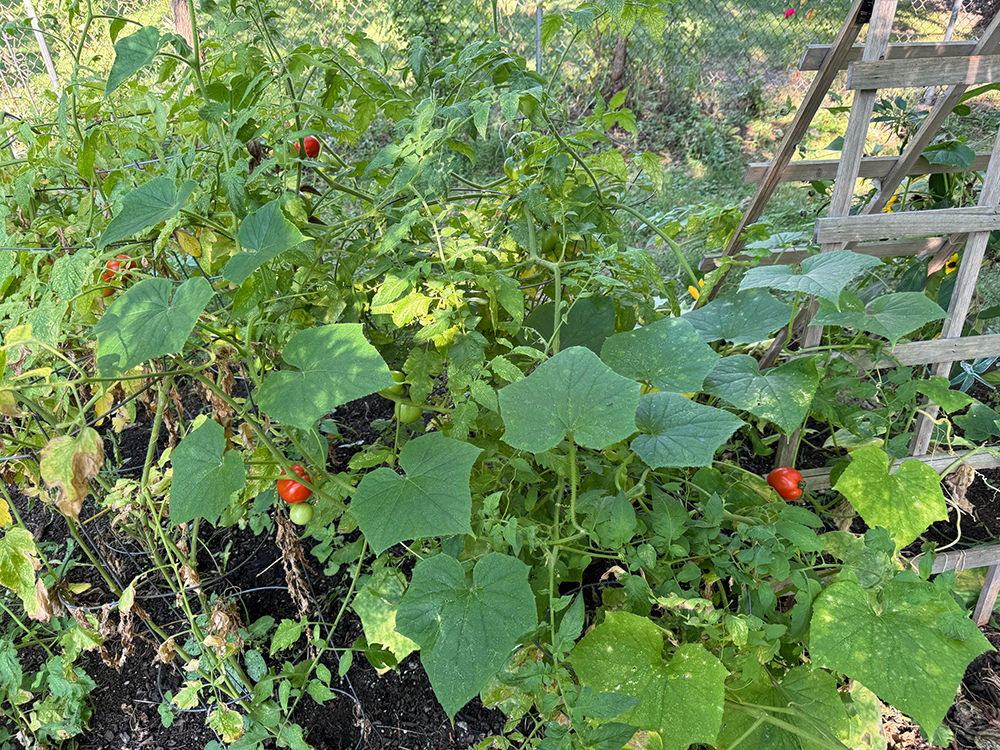


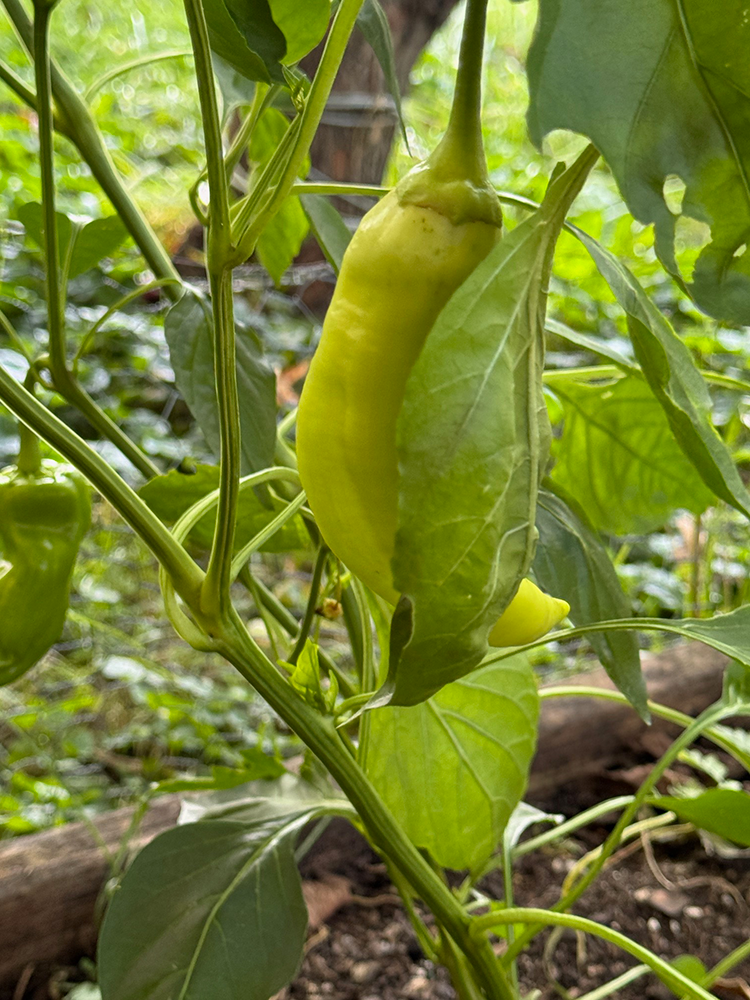


Color Problems

Public Domain Review: The Music of Light: Emily Noyes Vanderpoel's Colour Analysis Charts (1902)
Emily Noyes Vanderpole, Color Problems: A Practical Manual for the Lay Student of Color [PDF]




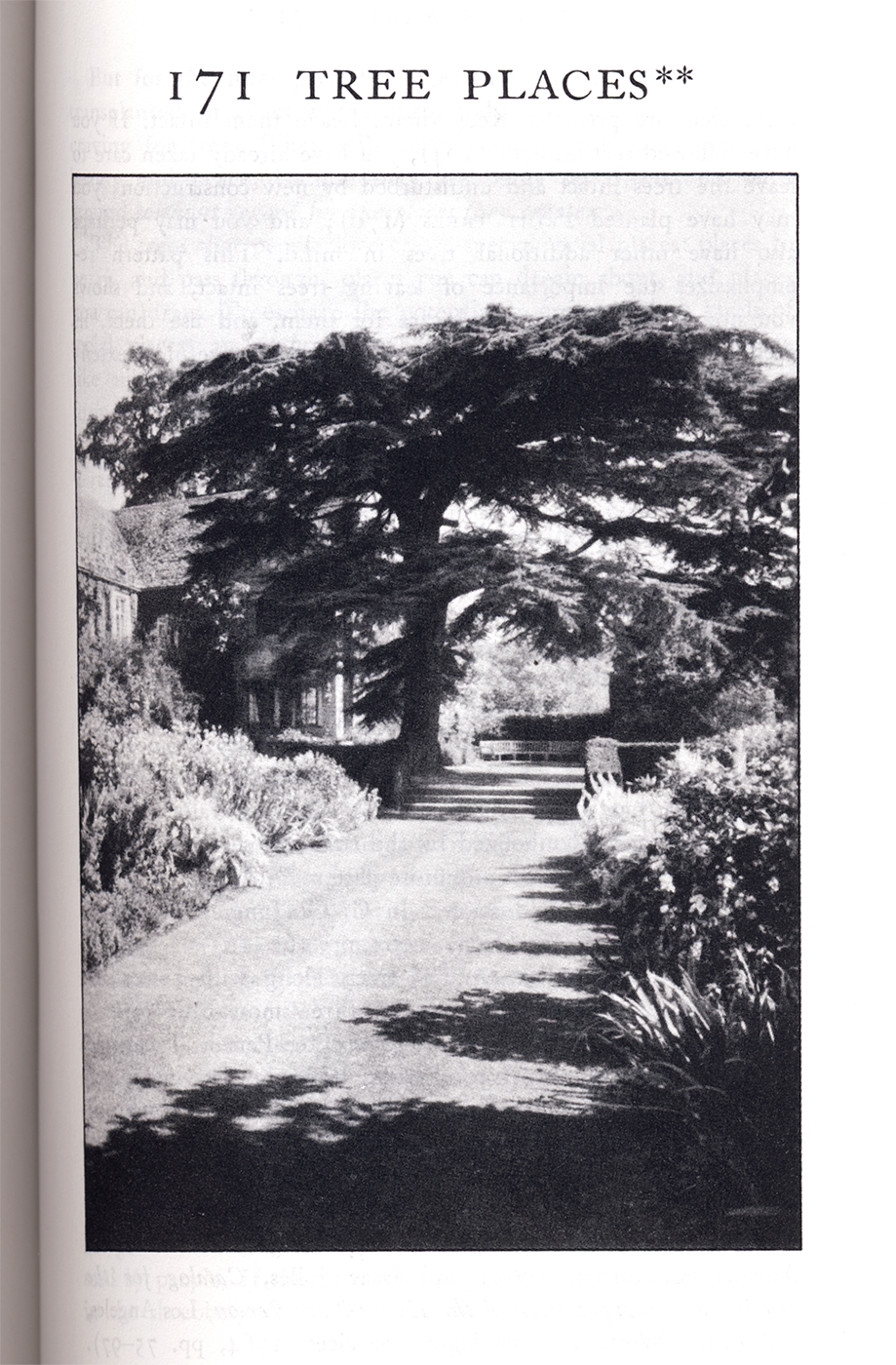
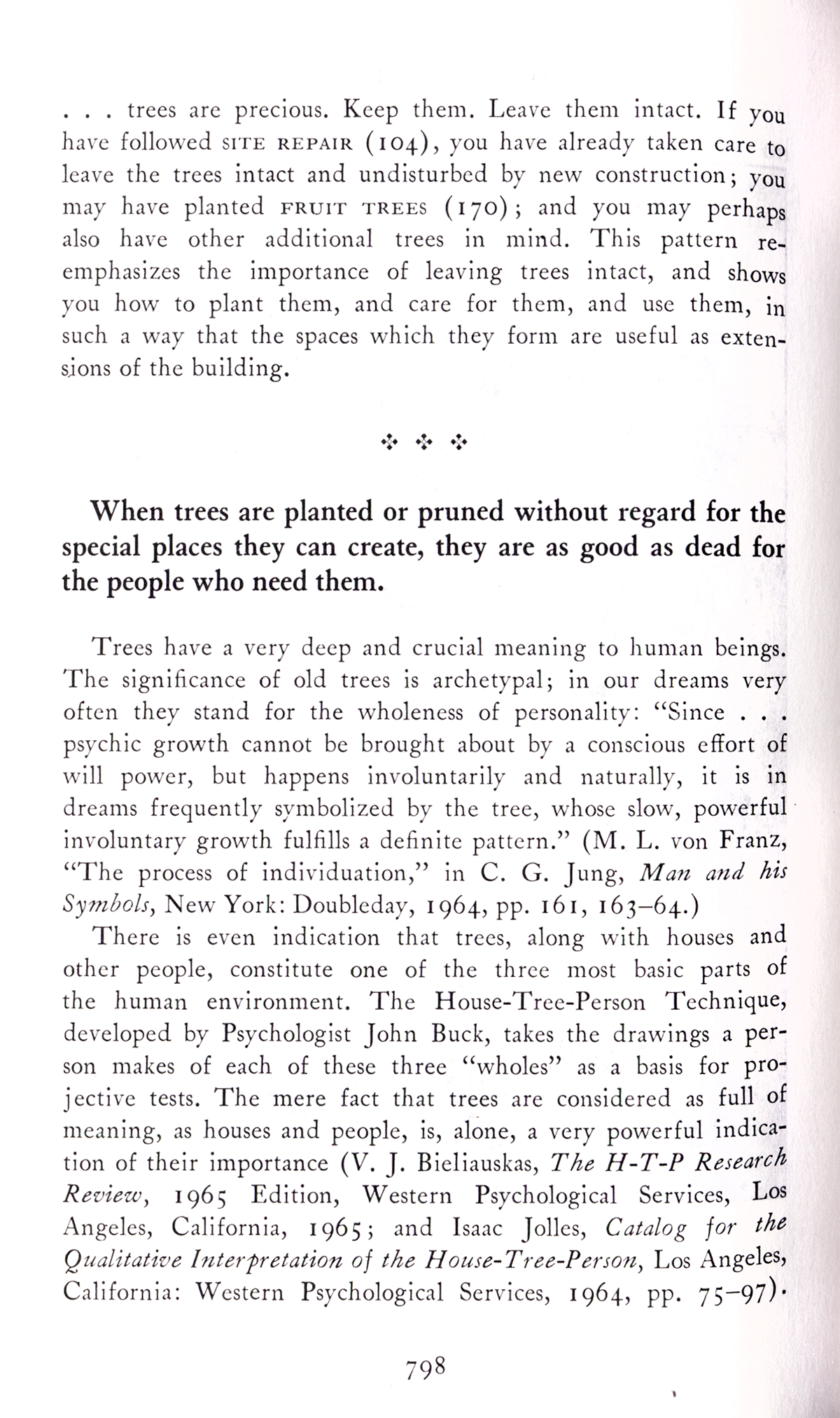

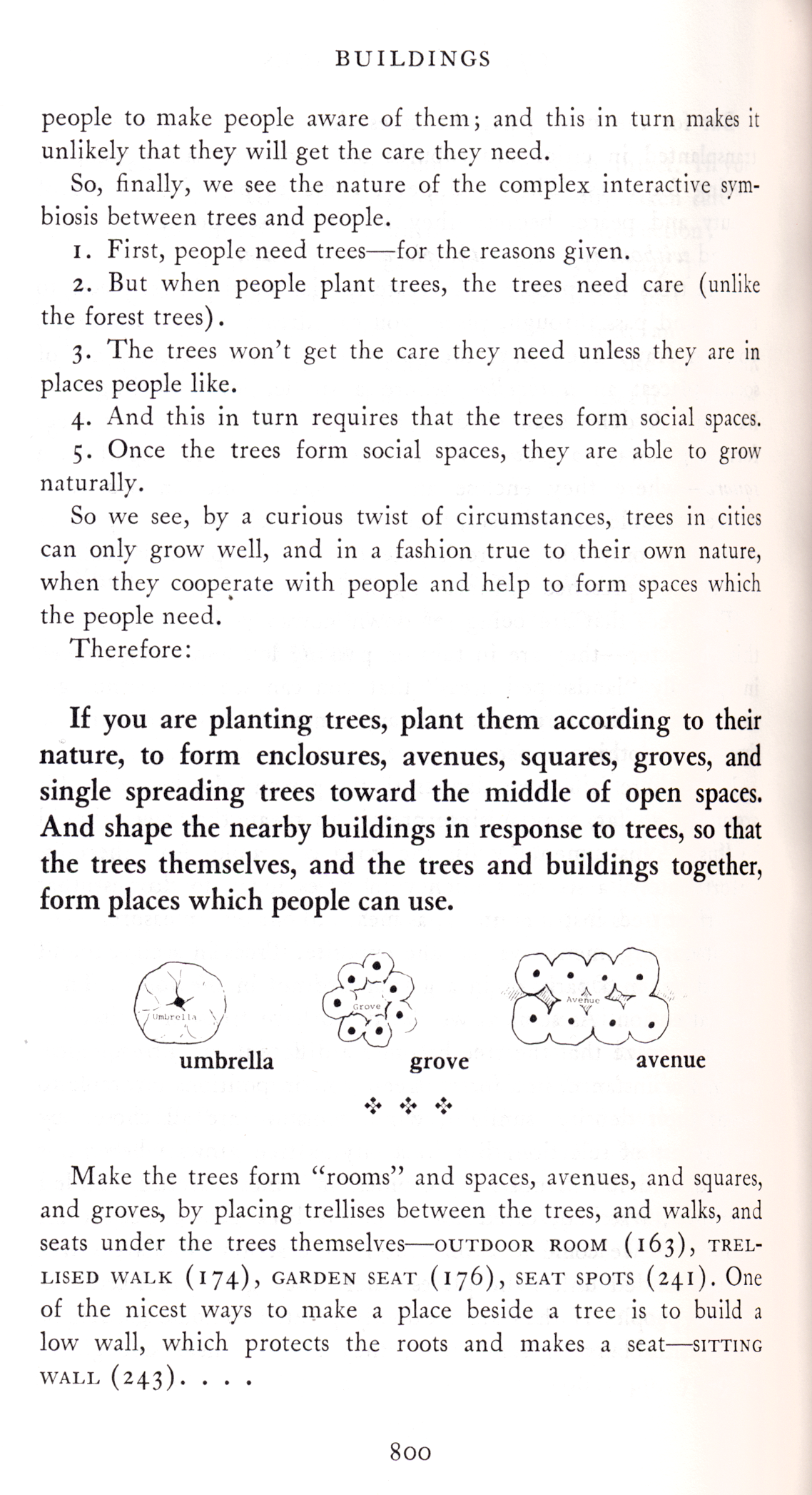
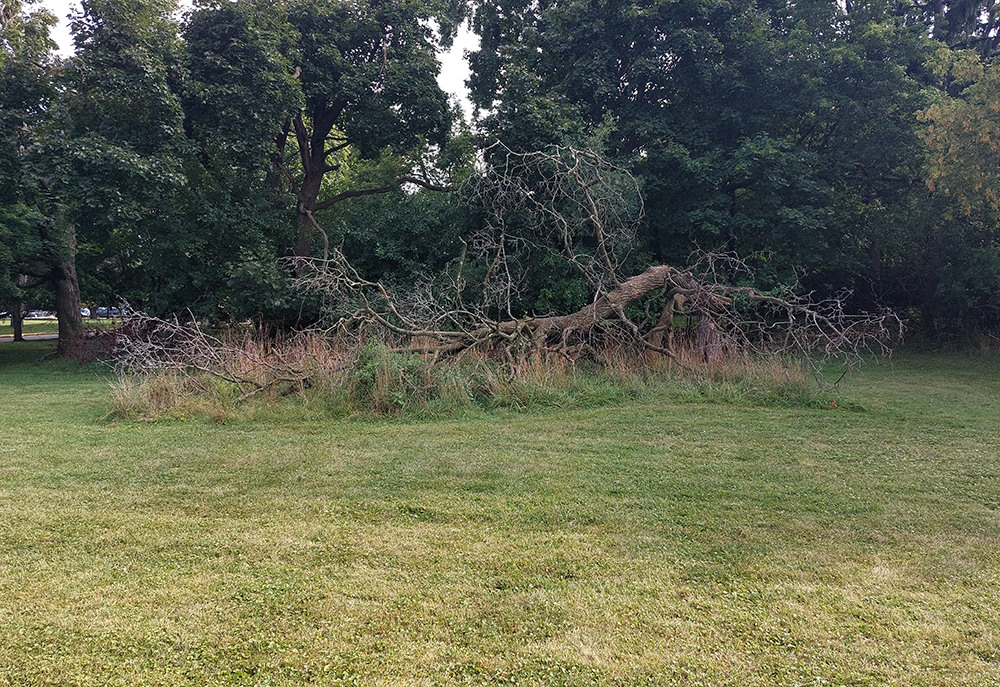
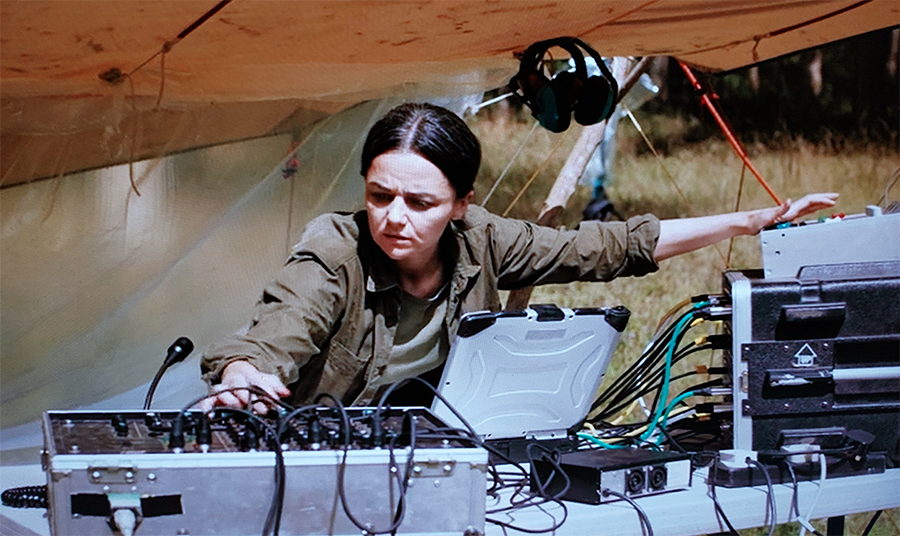
Catie Olson and EC Brown
Groundskeeping in Princeton, WI
Garden design for a shelter for wayward demons, with a Krampus prototype


